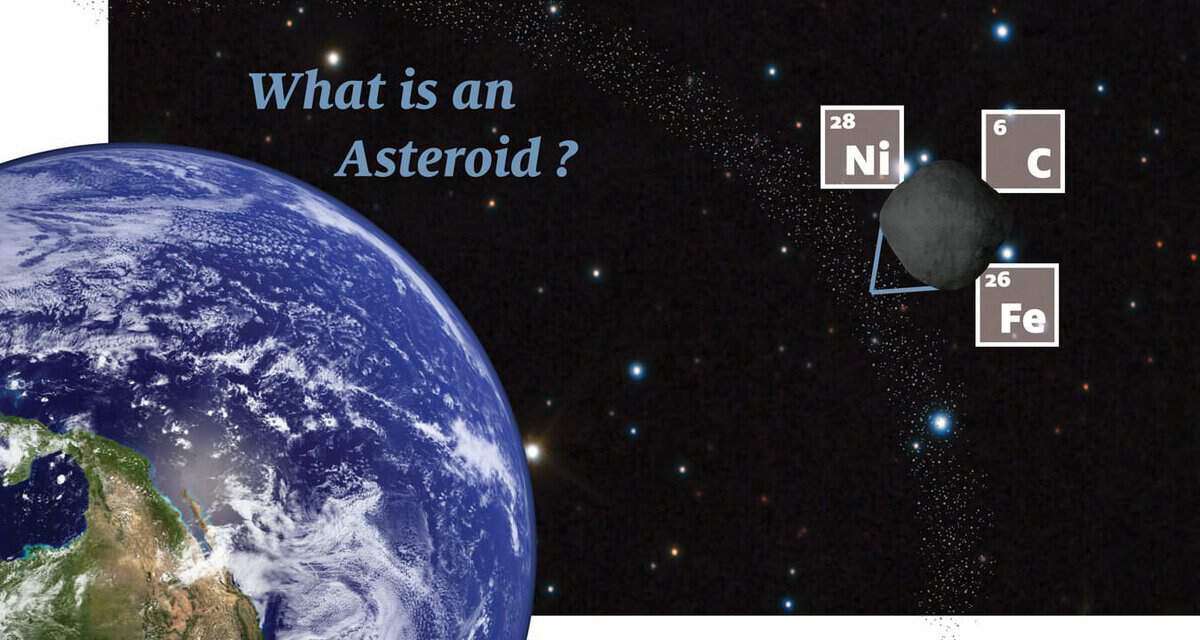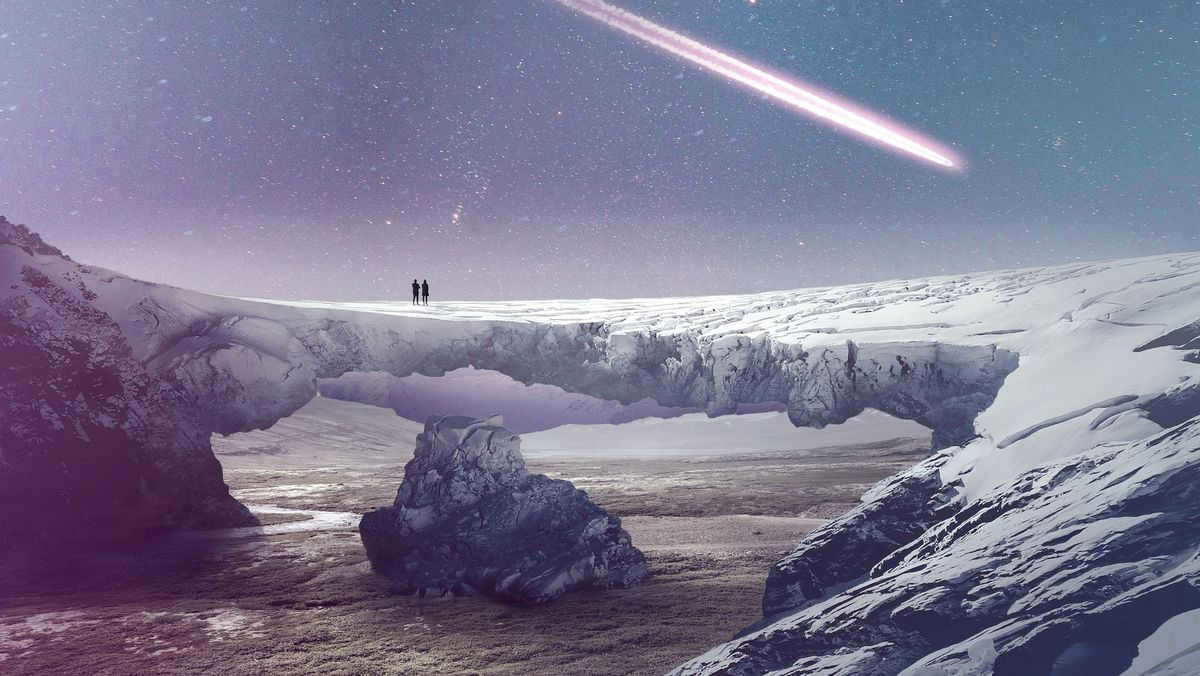
Asteroids may seem like nothing more than large celestial rocks, but they actually hold a wealth of valuable minerals and possess a fascinating origin story. Despite their distant appearance, asteroids are much closer to us than we realize.
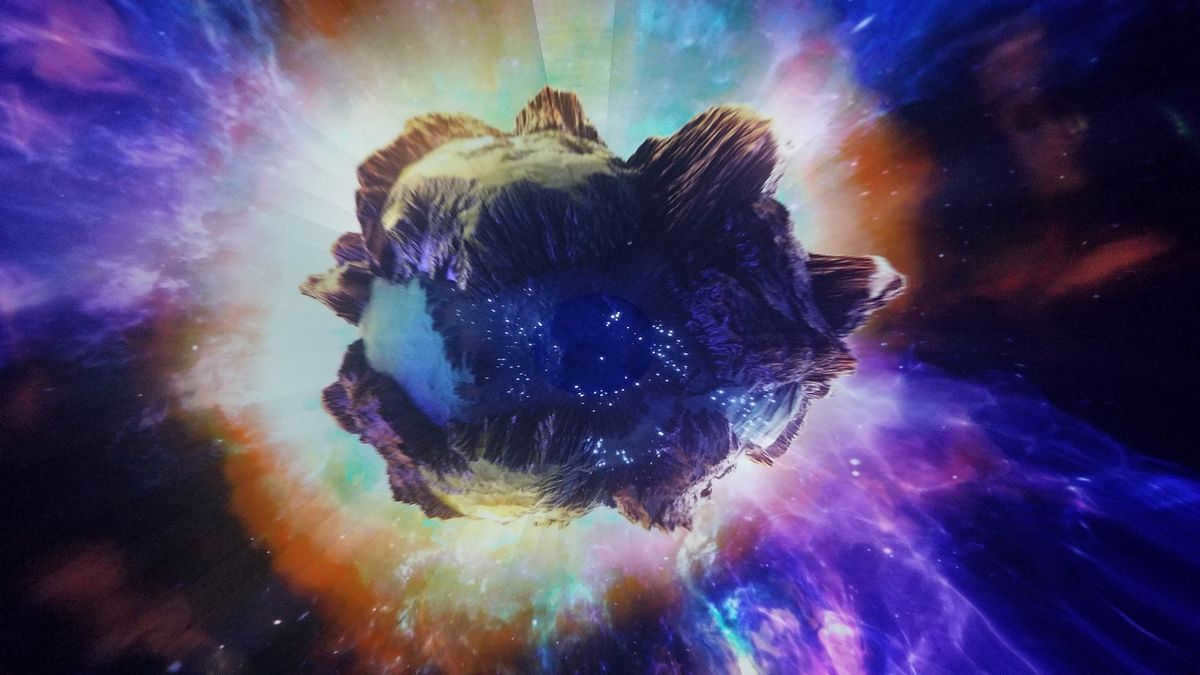
Summary
If you’re wondering, “What exactly is an asteroid?”. An asteroid is a celestial object made of rock that is relatively small in size and has an irregular shape. These rocky bodies orbit around the sun.
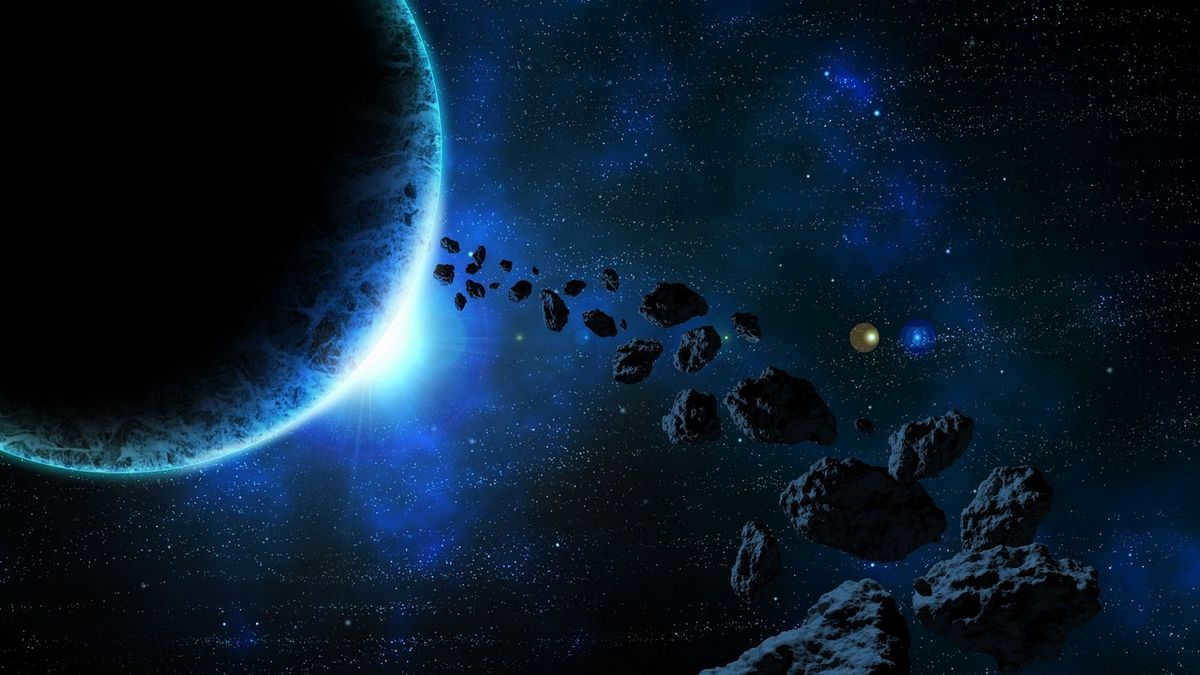
Asteroids, which are significantly smaller than planets and lack a substantial atmosphere due to their weak gravity, nonetheless possess their own satellites in some cases.
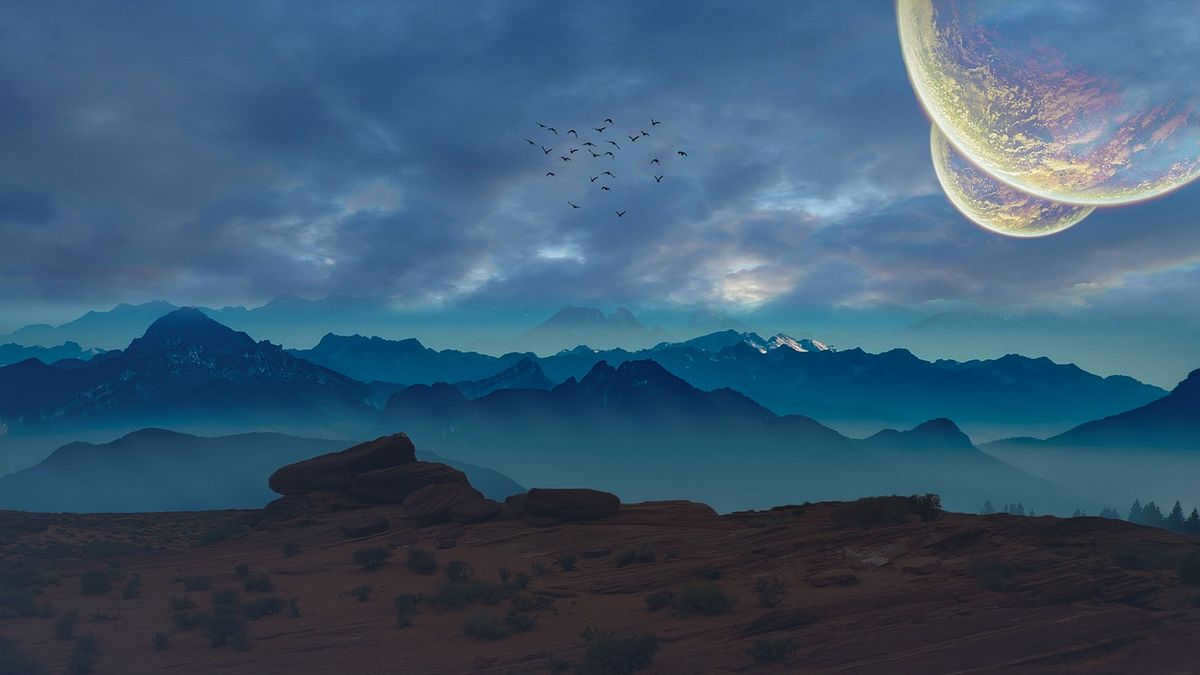
In order to determine that what you are seeing is indeed an asteroid and not some other celestial object, scientists analyze the dimensions of its body. On average, an asteroid has a mass of over 30 meters, whereas a meteoroid (or meteor) measures only 10 meters in size.
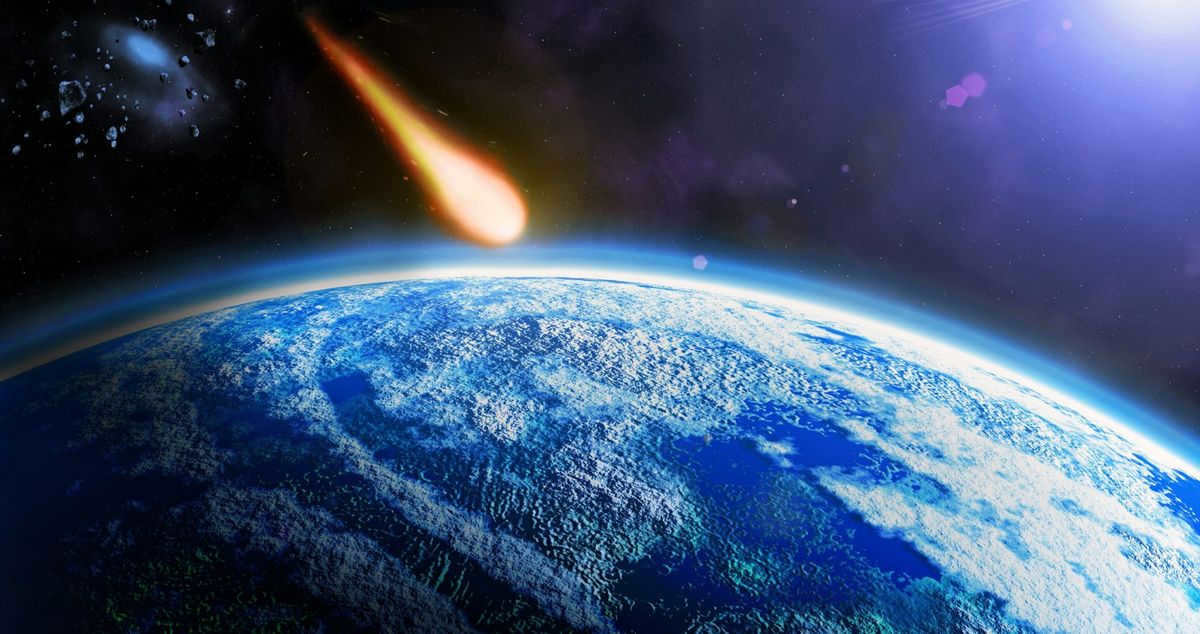
The examination of small celestial bodies commenced subsequent to the revelation of Uranus by English astronomer William Herschel, followed by the unearthing of the inaugural asteroid by Italian astronomer Giuseppe Piazzi in the early 1800s. This initial discovery kickstarted a succession of identifying novel types like:
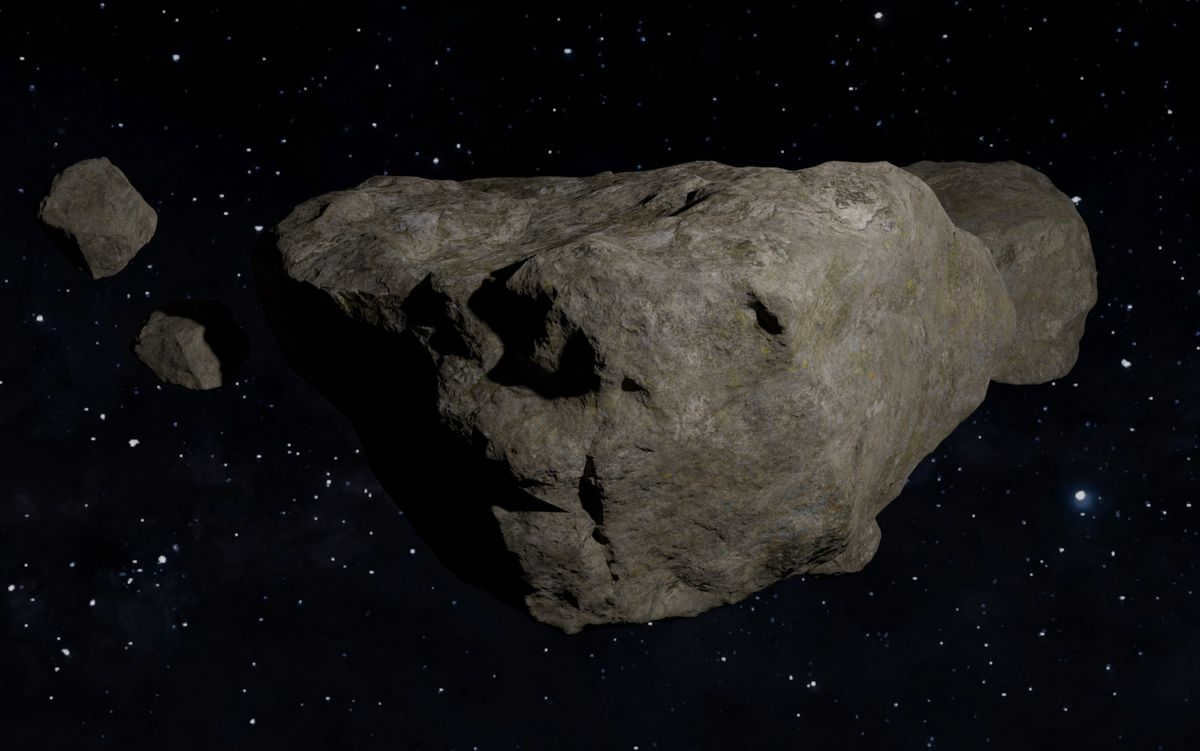
However, research was temporarily halted after eight years of unsuccessful attempts to discover new minor planets.
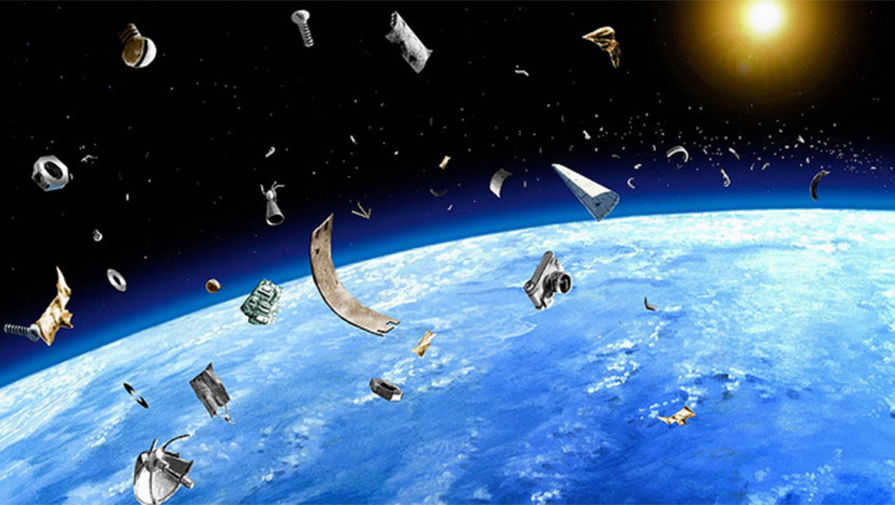
Nevertheless, the fascination of German astrologer Carl Ludwig Henke did not wane when it came to celestial entities. In the year 1830, he resolved to embark on another quest to locate asteroids, and after a span of 15 years, he fortuitously chanced upon the asteroid Astrea, which marked the fifth in a sequential series. Furthermore, a mere 2 years later, he managed to unveil the sixth asteroid, known as Geba.
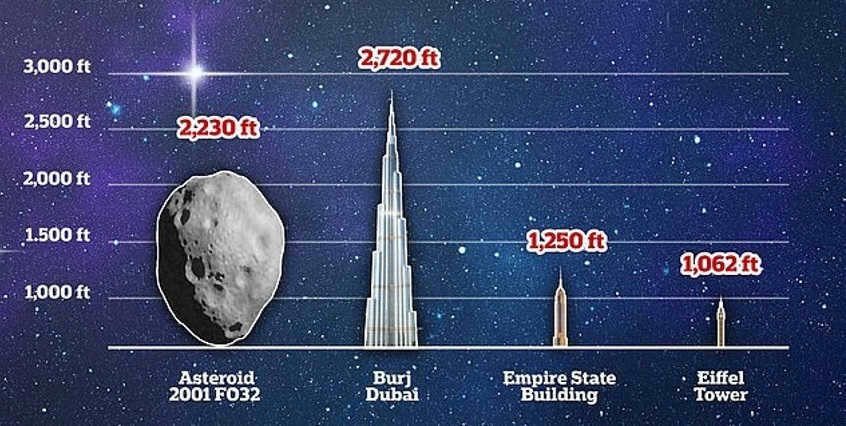
An amateur astronomer’s investigation reignited the curiosity of astronomers, prompting them to conduct further research. As a result, they began receiving annual reports on asteroids.
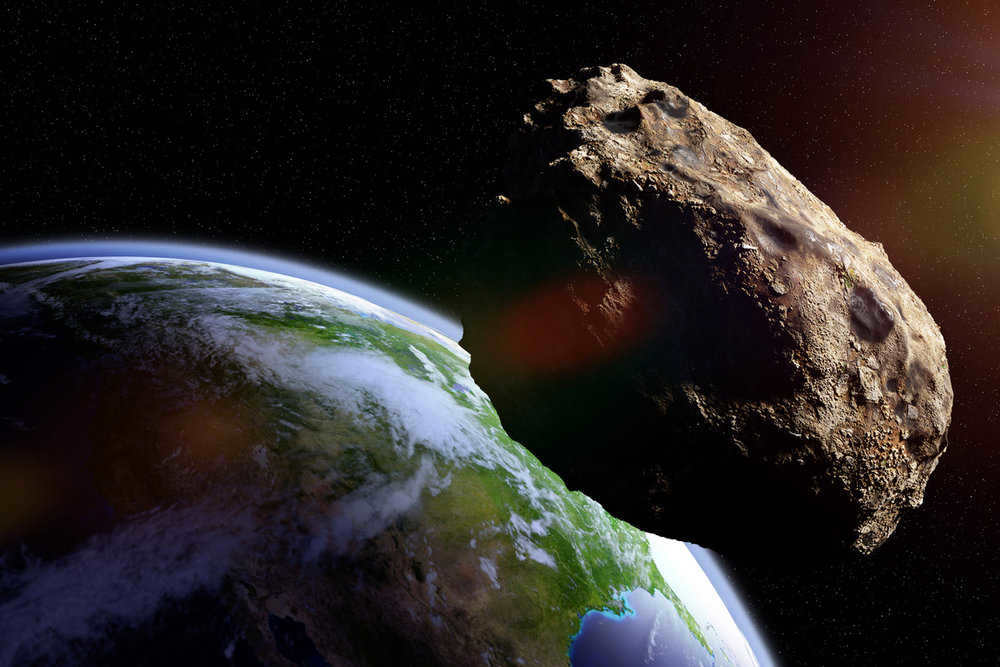
In the late 1800s, a more efficient method of exploration called astrophotography was developed, surpassing the previous visual observation approach. Max Wolf was the first to utilize this technique, which enabled him to discover a total of 248 previously unknown asteroids.
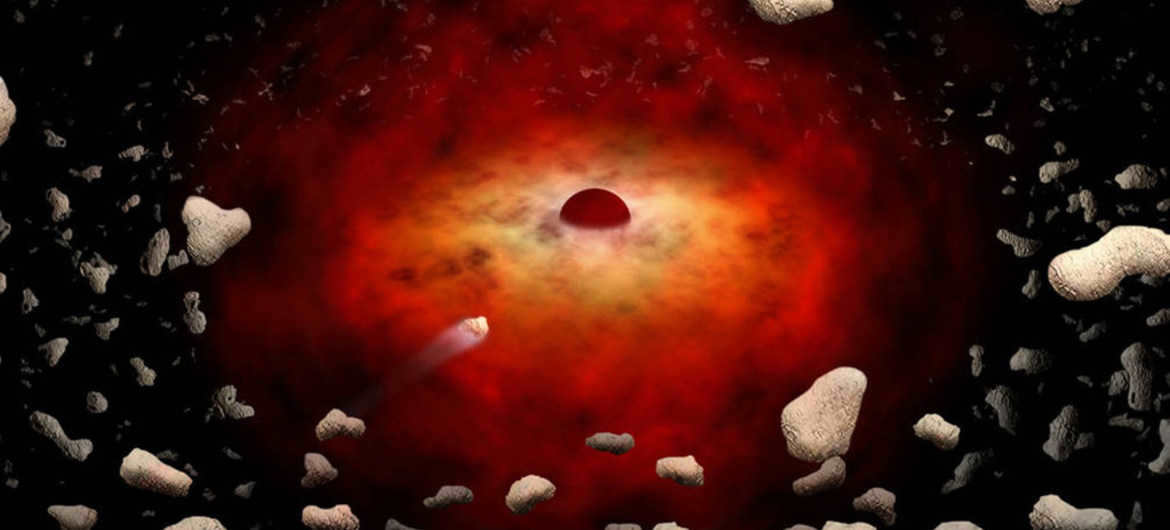
Currently, there are 385,000 heavenly entities identified by their own distinctive designations and nomenclatures. In the year 2010, an innovative investigation was undertaken by a self-governing assemblage of astronomers, which illuminates the enigma surrounding the emergence of water on our world.
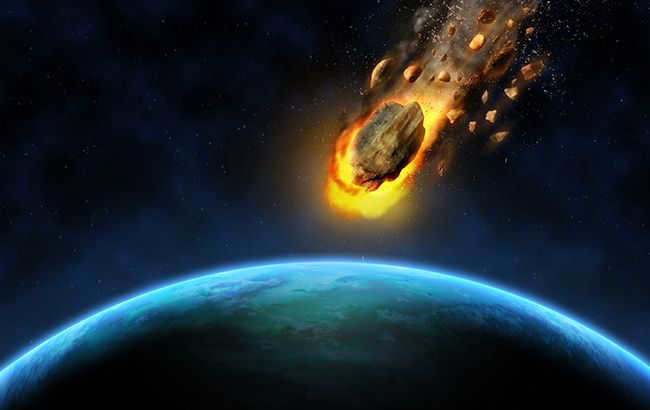
Scientists have recently discovered the presence of ice on the outer layer of Themis, which happens to be the largest asteroid in the main asteroid belt.
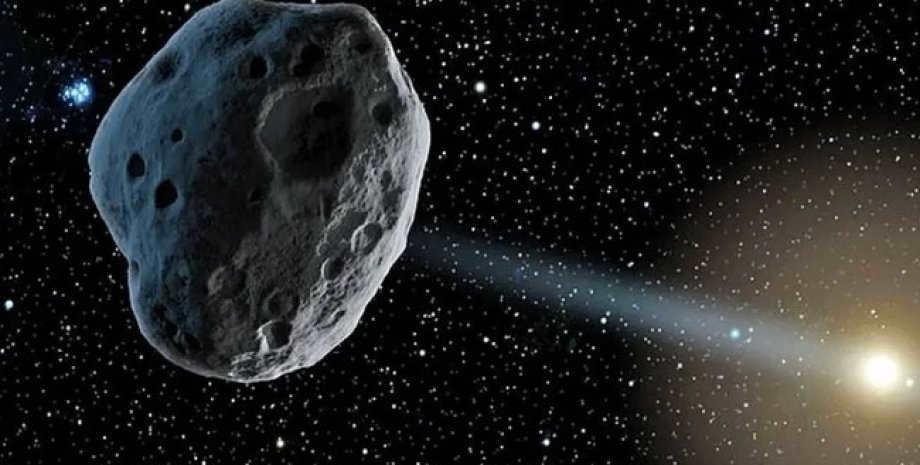
According to one hypothesis, the presence of comets may have played a role in the formation of water on our planet. However, after conducting a thorough analysis of the composition of comets and the water found on Earth, scientists discovered discrepancies in the results, leading them to reject this theory.
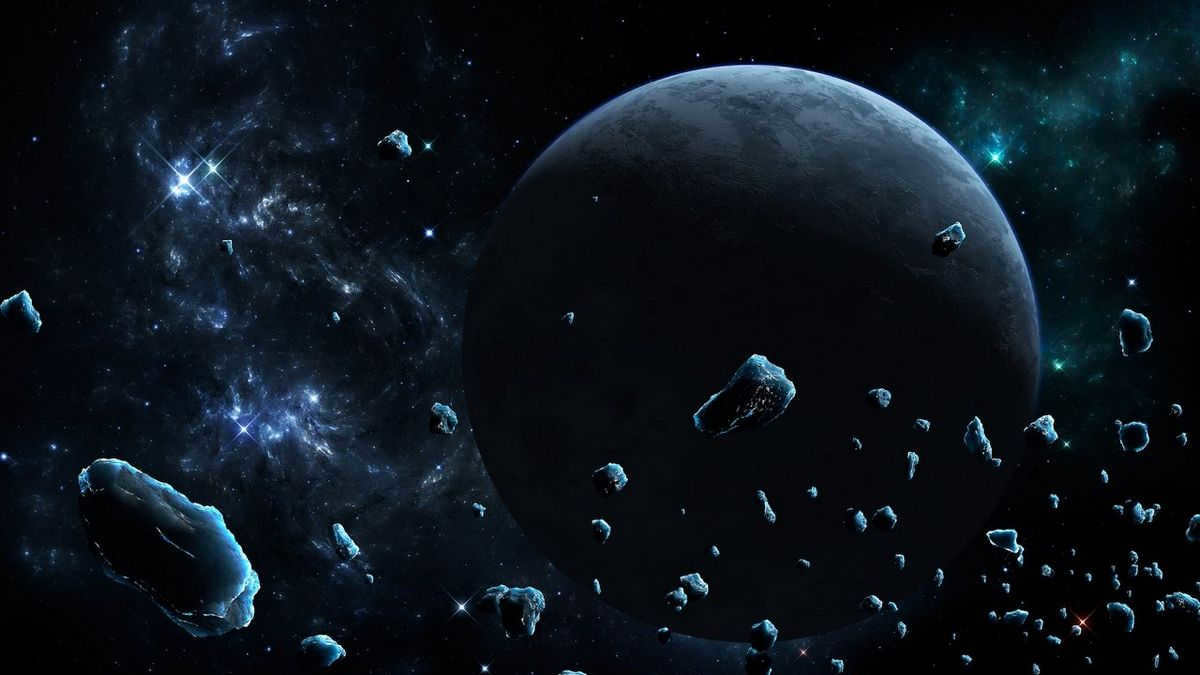
Therefore, the hypothesis concerning the emergence of water being caused by asteroids holds true. The previously mentioned William Herschel initially attempted to gauge the dimensions of celestial objects utilizing a thread micrometer.
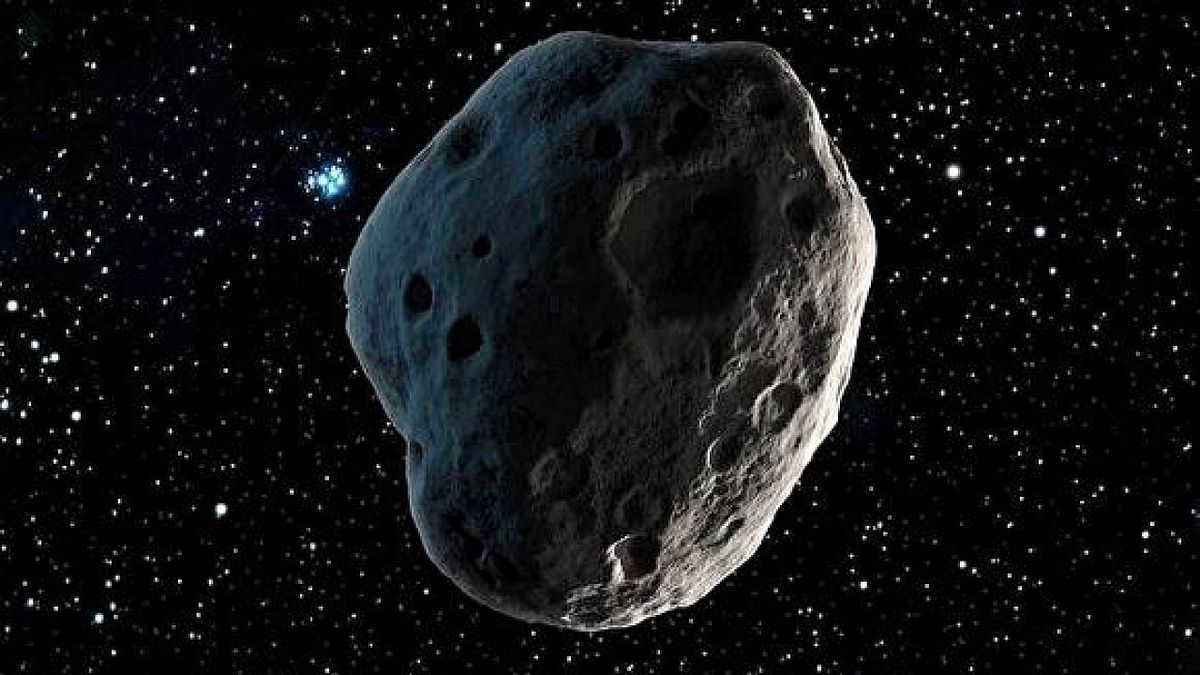
Johann Schröter also attempted the same technique. Previously, there were numerous constraints when it came to monitoring and estimating the dimensions of asteroids. However, modern astronauts now possess ample methods to ensure efficient operations.
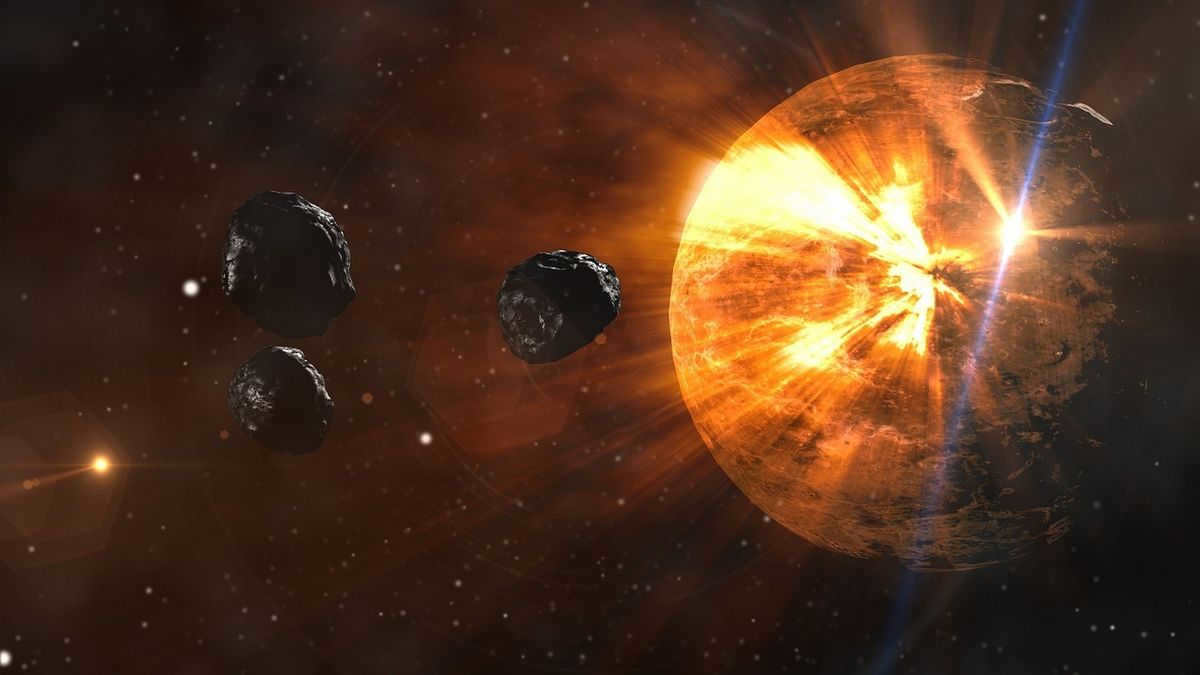
Polarimetry and the transit method are the two most widely used techniques.
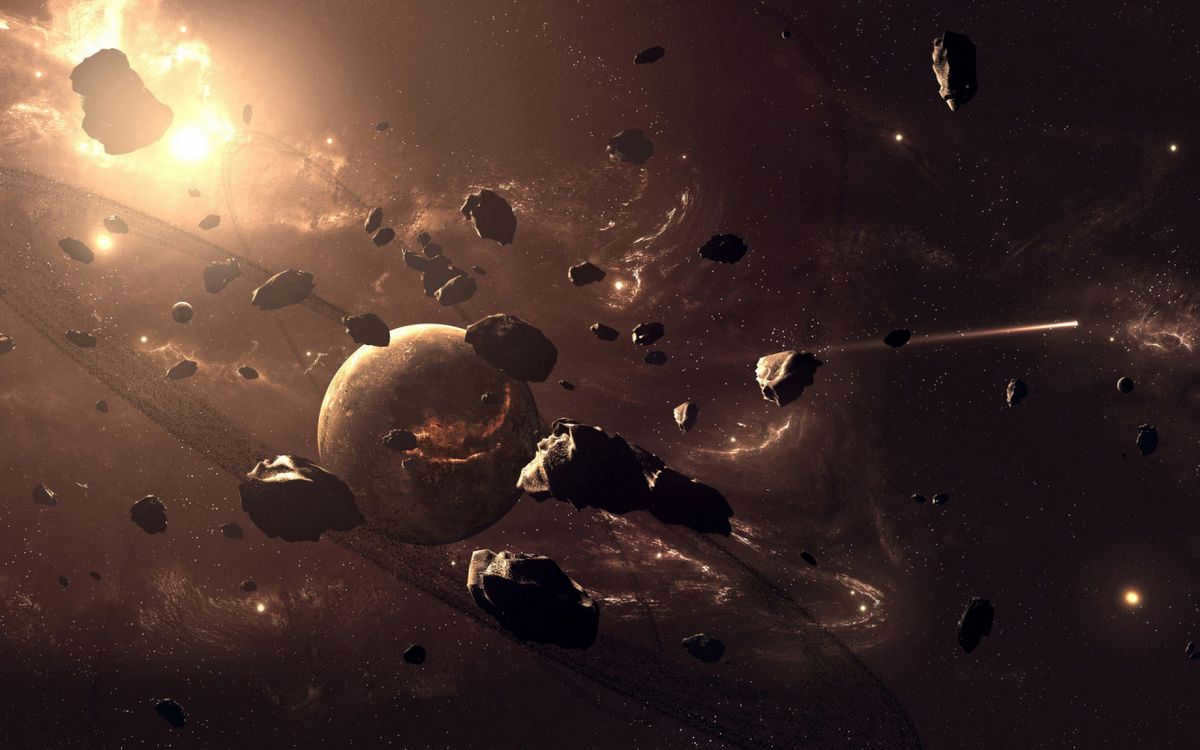
- The transit technique is considered to be the most accurate method as it enables precise determination of the size of a small planet. Occasionally, when an asteroid approaches Earth, it may pass in front of the closest star, creating a noticeable contrast against the background.
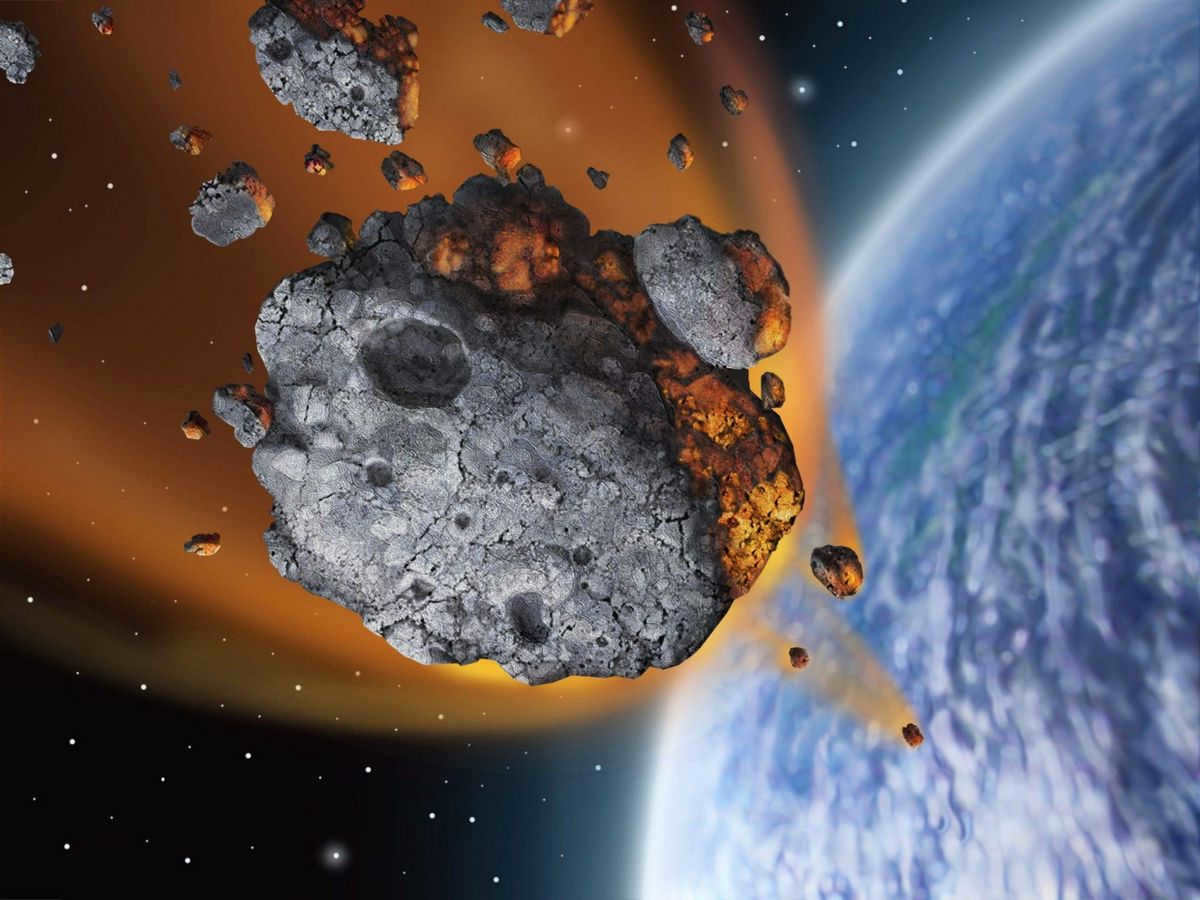
Asteroidal star occultation is the term used to describe this occurrence. The duration of the decrease in brightness and the distance between the star and the asteroid can provide a reliable estimation of its size.
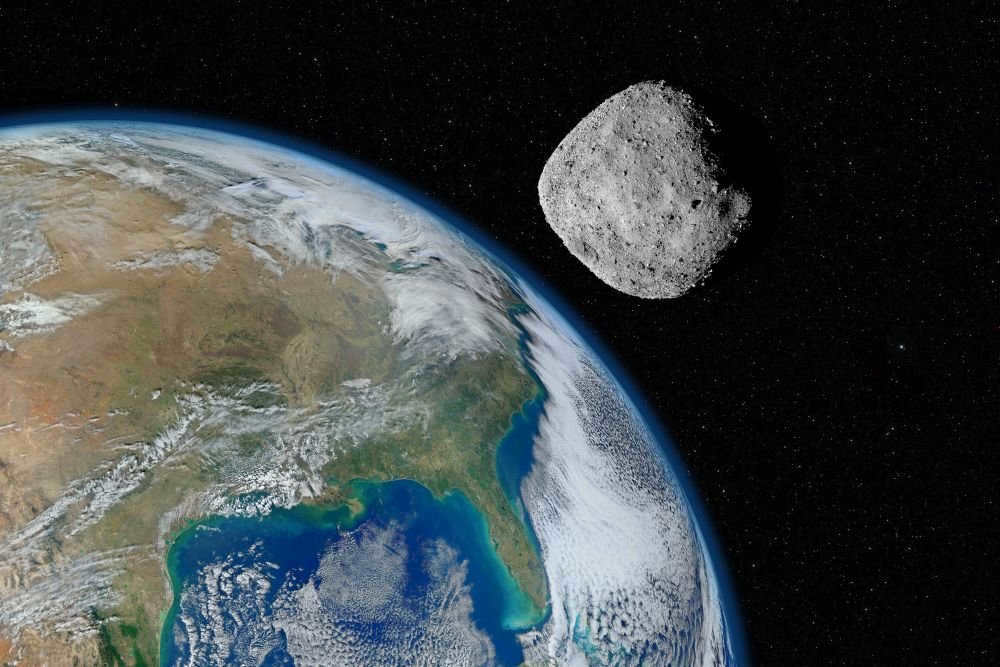
- On the flip side, polarimetry gauges the dimensions and form of a minor planet by assessing its luminosity and sheen whilst it spins, and also uncovers substantial formations on the exterior of an asteroid.
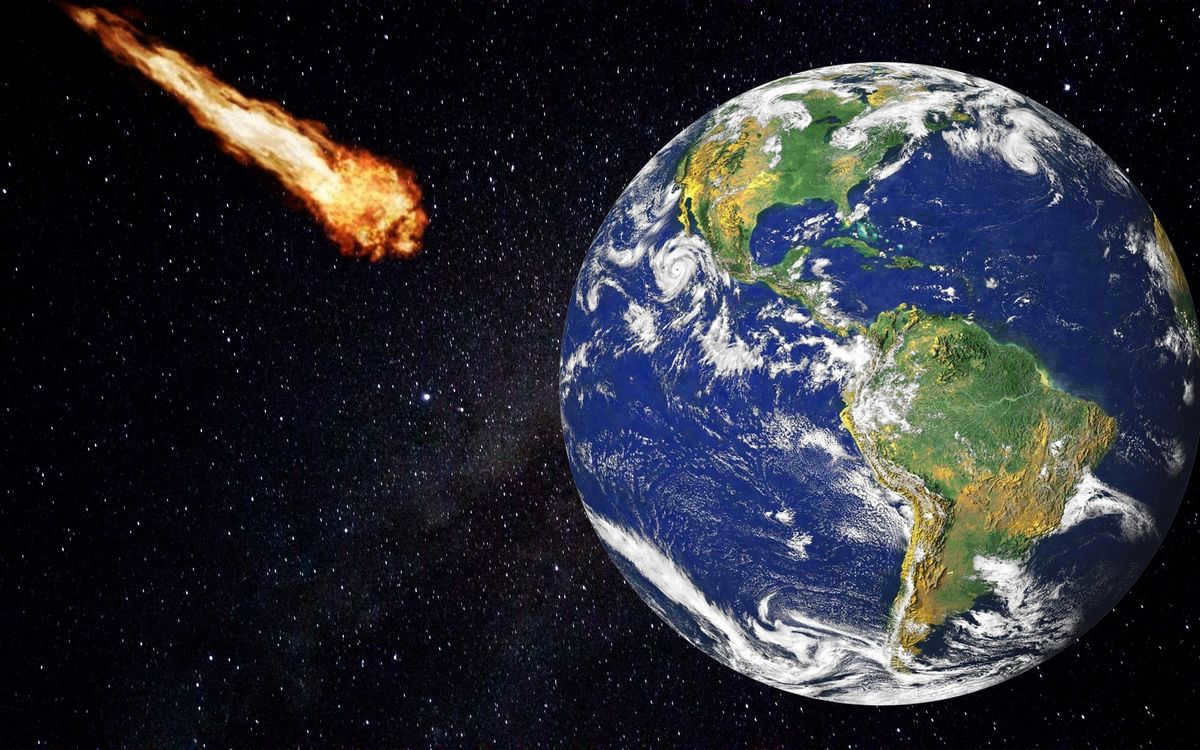
It is a known fact that the size of a minor planet directly affects its brightness. However, the light output is also influenced by the albedo of the surface, which is determined by the composition of the asteroid’s rocks.
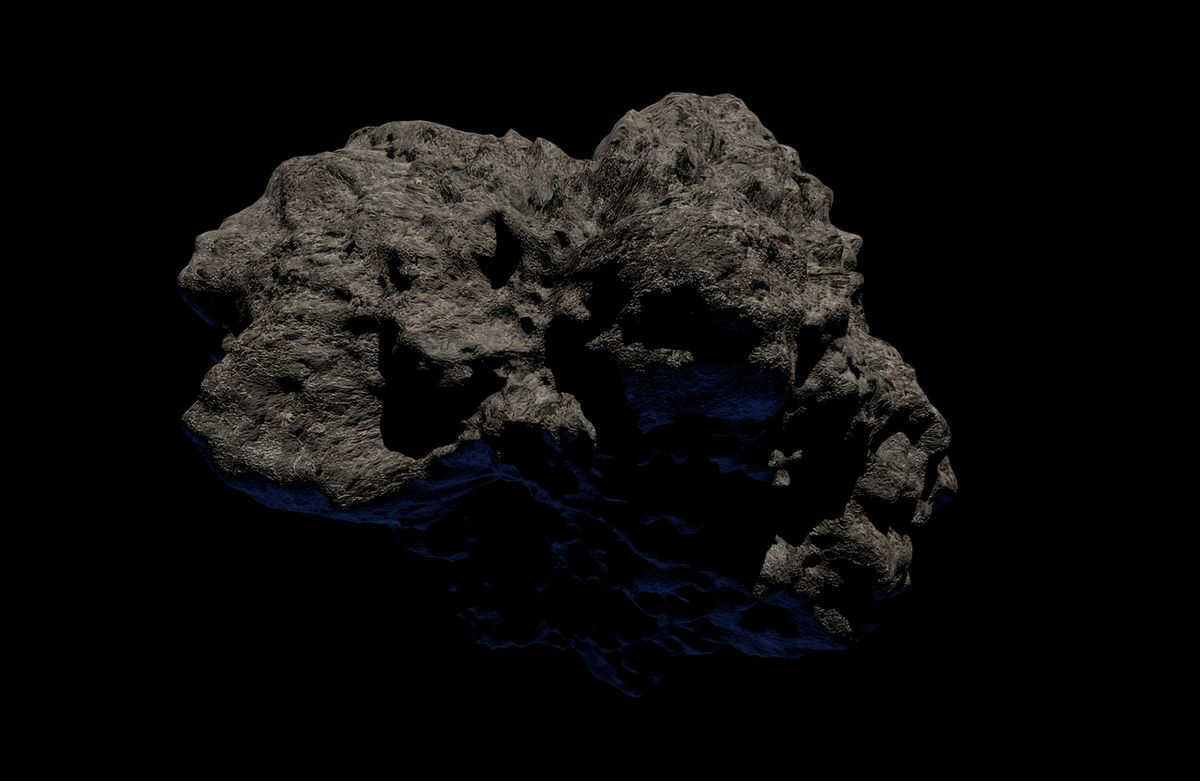
Development of asteroid formation
The formation of asteroids is closely connected to the development of the entire solar system. According to the widely accepted theory, the solar system originated from clusters of gas and dust.
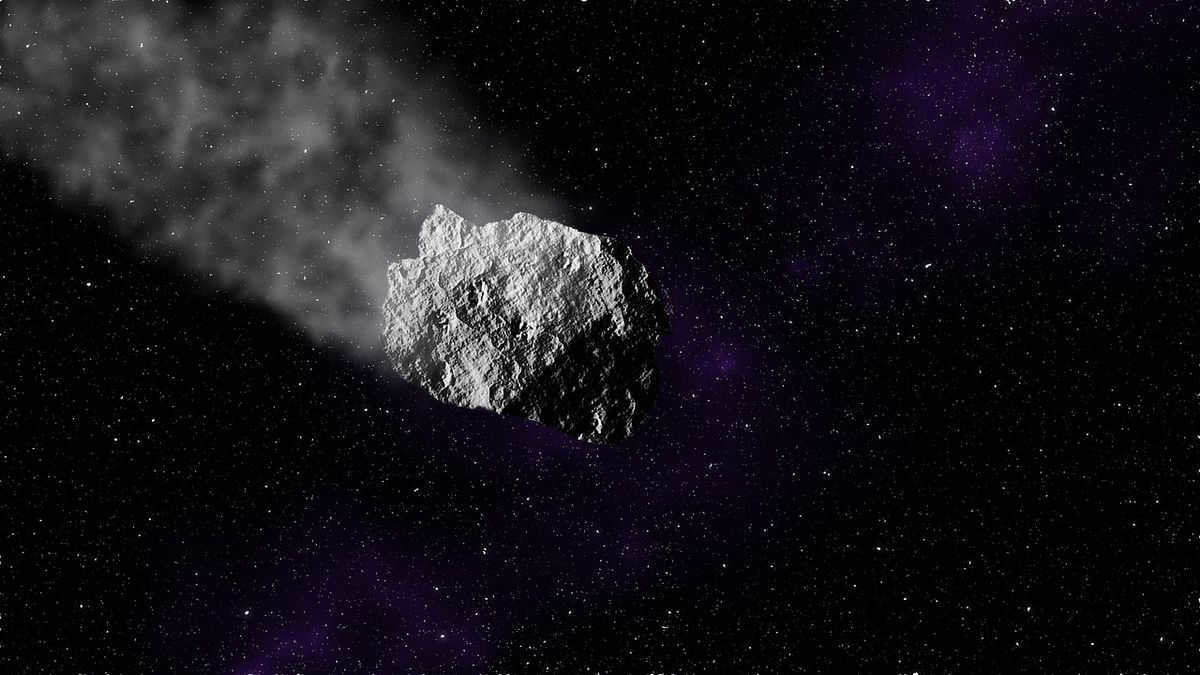
The system also gave rise to a disk, which resulted in the formation of planets and smaller objects in the system. The asteroids in the solar system can be seen as the “leftovers” from the system’s formation that took place approximately 4 billion years ago.
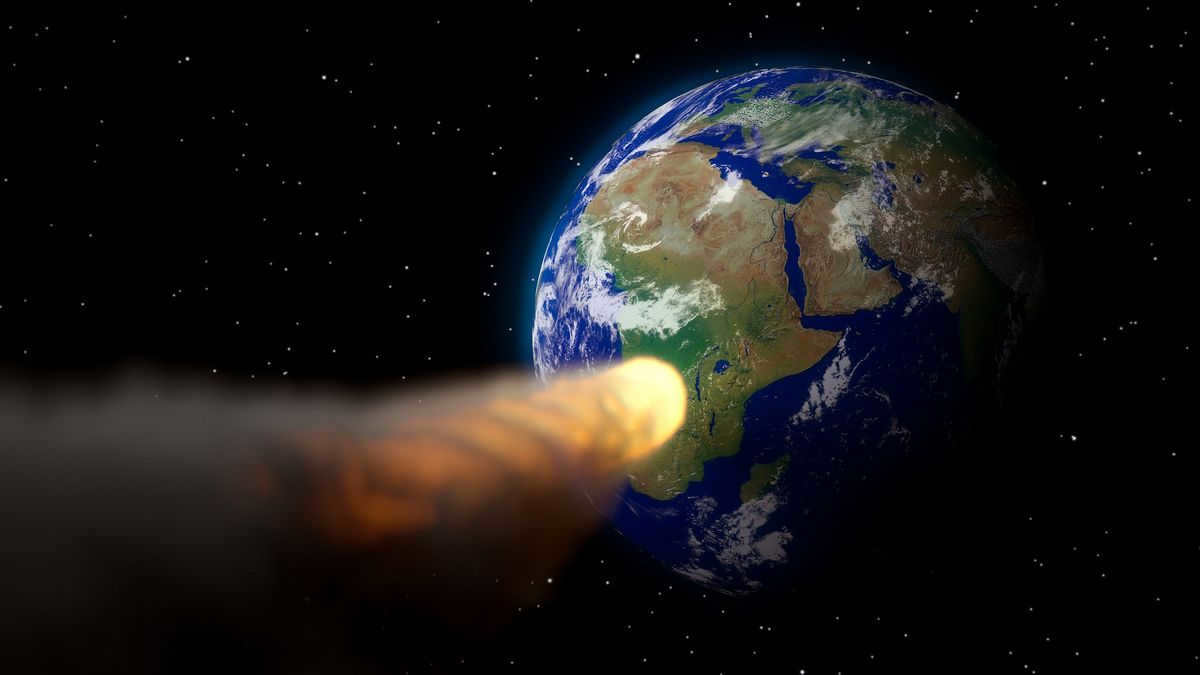
Scientists believe that there were numerous protoplanets present during the early stages of the solar system’s formation, but only a small number of them can be observed today.
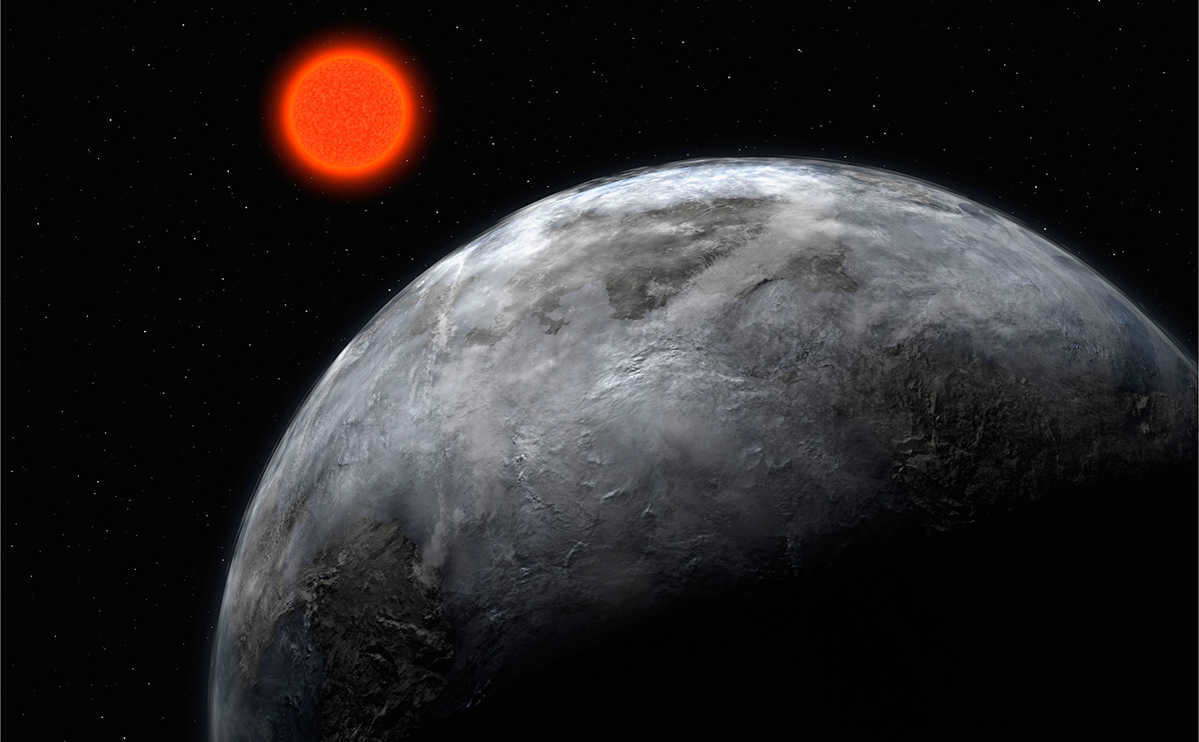
Jupiter played a significant role in the formation of minor planets as it approached the Sun, causing a disruption in the movement of these celestial bodies. This resulted in an event known as the late heavy bombardment.
The powerful gravitational force of Jupiter propelled most of these celestial bodies to the outer regions of the solar system, while others were incinerated upon entering the Sun’s atmosphere.
The aftermath of this process is evident on the surfaces of the Moon and Mercury, where various craters can be observed. The same phenomenon occurred to the celestial bodies situated between Jupiter and Mars.
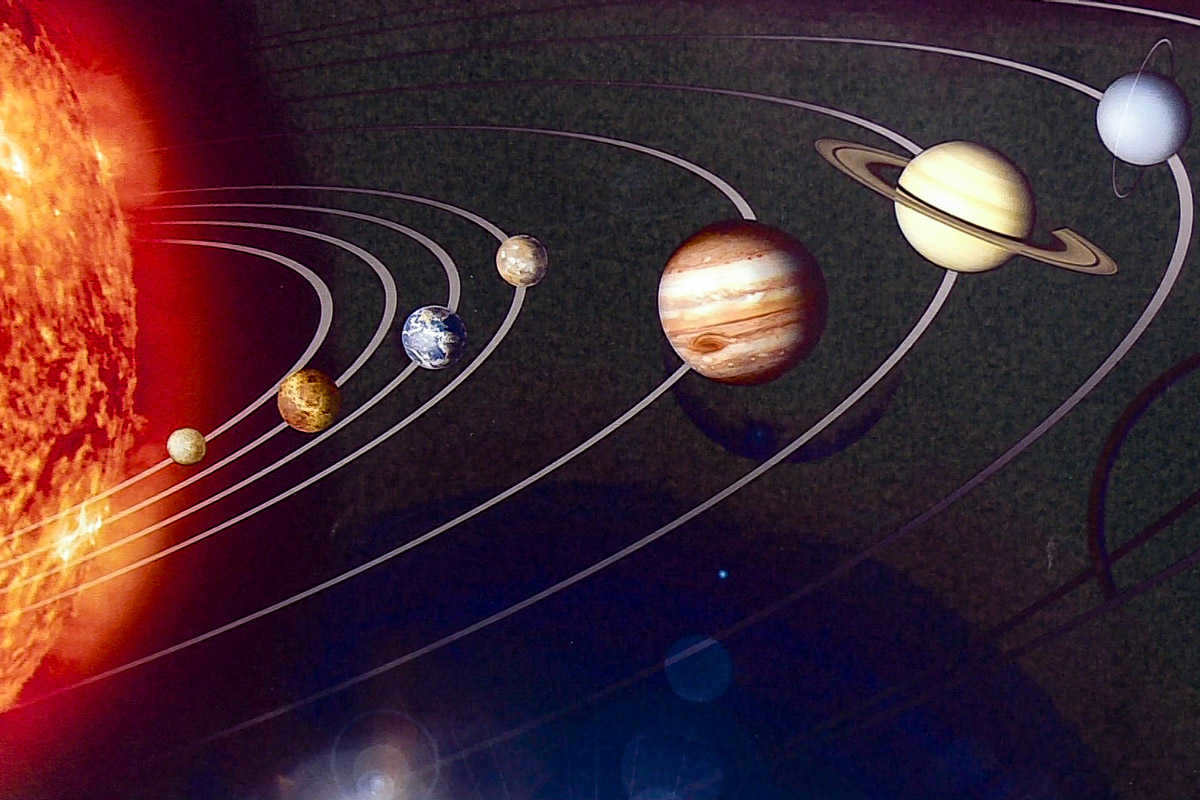
They had frequent interactions with one another, preventing them from reconstituting into larger entities. It has been proposed that certain components of these celestial bodies were able to undergo some level of evolution, but ultimately disintegrated due to the frequent collisions.
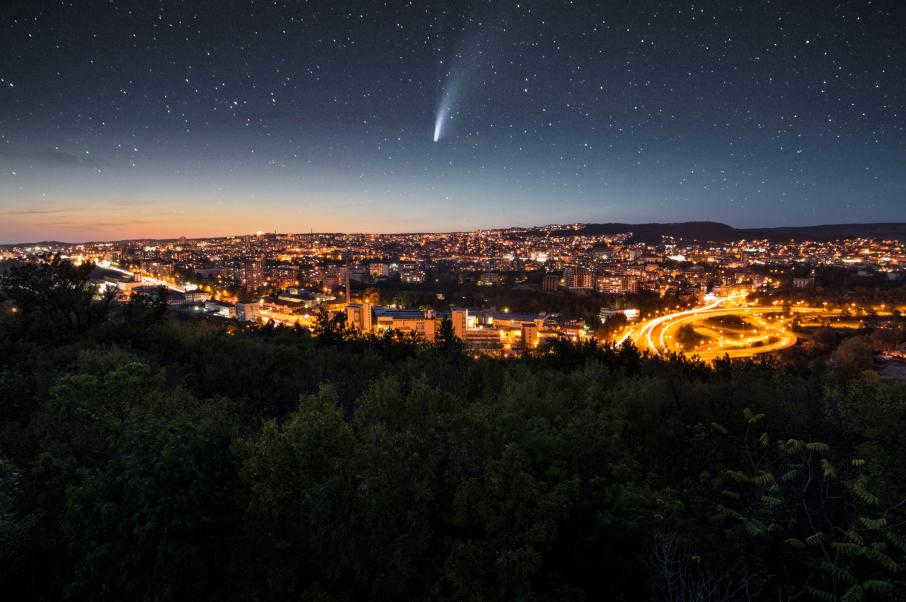
As previously stated, Jupiter played a significant role in the formation of the current asteroid belt.
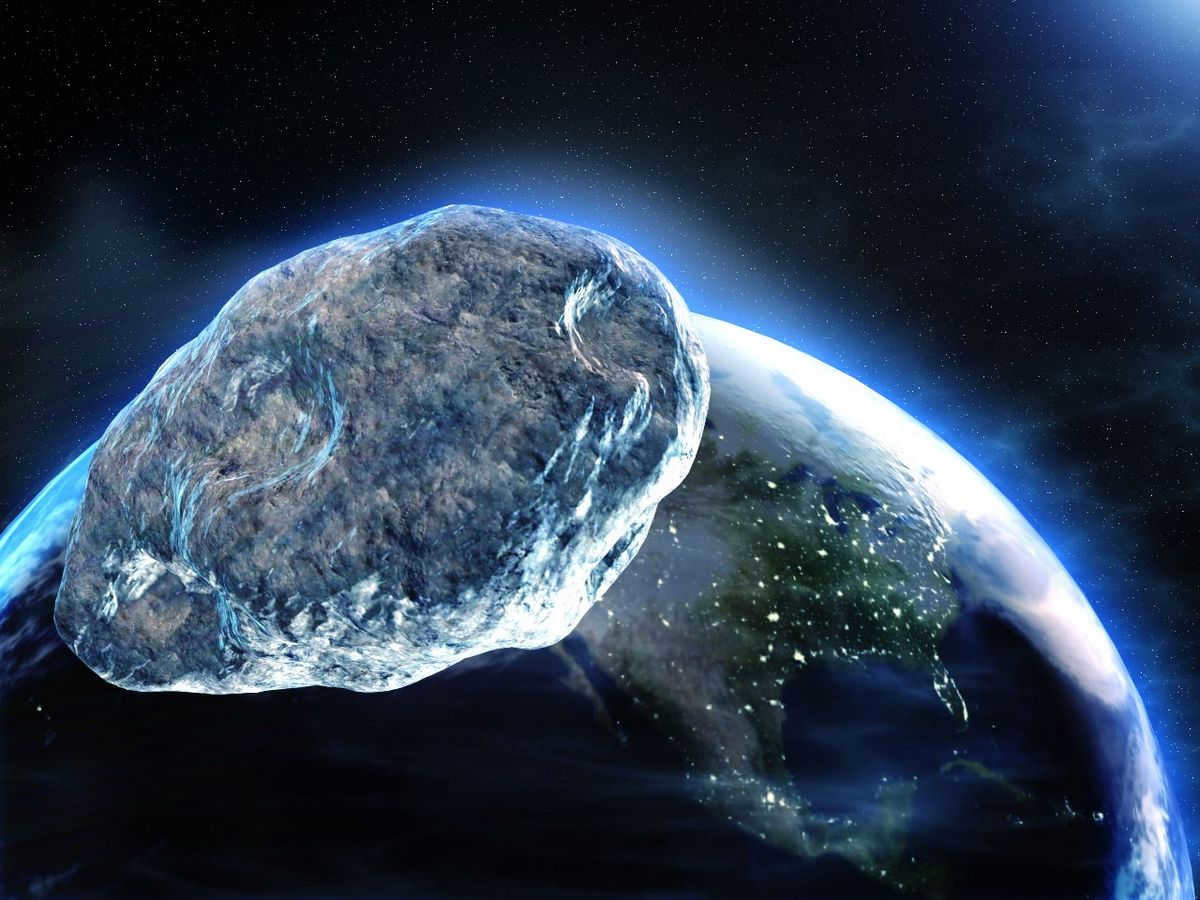

It is important to note that the formation of the asteroid belt is also influenced by other massive planets, like Neptune, which plays a role in expelling celestial objects to the outer reaches of the solar system.
The Composition of Asteroid Classes
Within the vastness of space, there exists a multitude of miniature planets, which are categorized into various groups and families based on the unique characteristics of their orbits.
These groups are relatively loosely defined, whereas families, formed as a result of collisions with other cosmic matter, possess a more compact and structured composition.
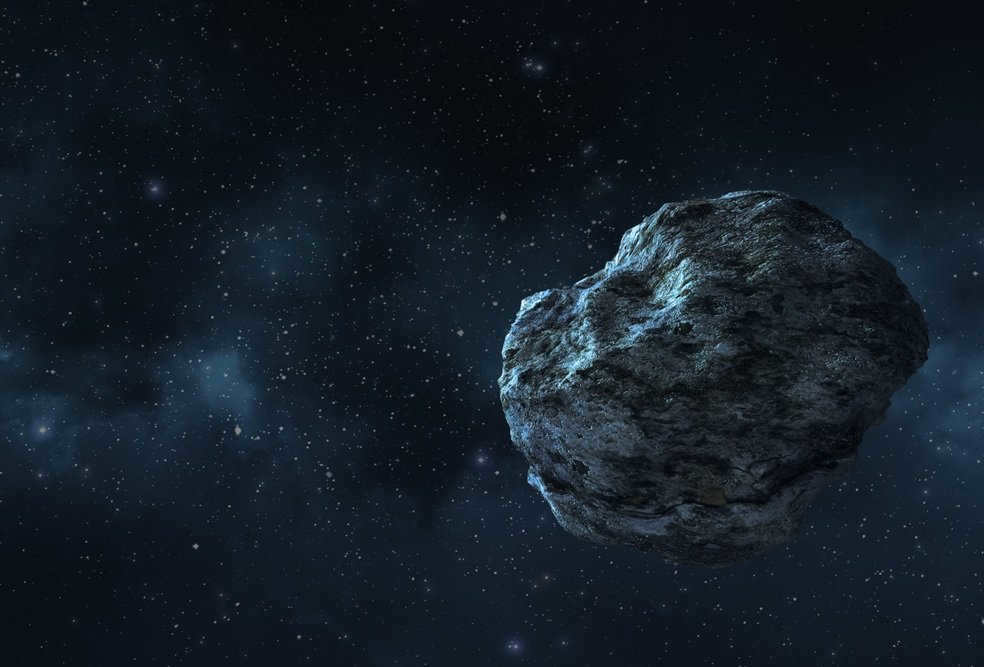
Throughout numerous years, an extensive array of categorizations for asteroids have been devised. In the 20th century, astronomers Clark R. Chapman, David Morrison, and Benjamin Zellner were the pioneers in developing a classification system for classifying minor planets based on their color, alpha, and range characteristics as reflected by solar radiation.
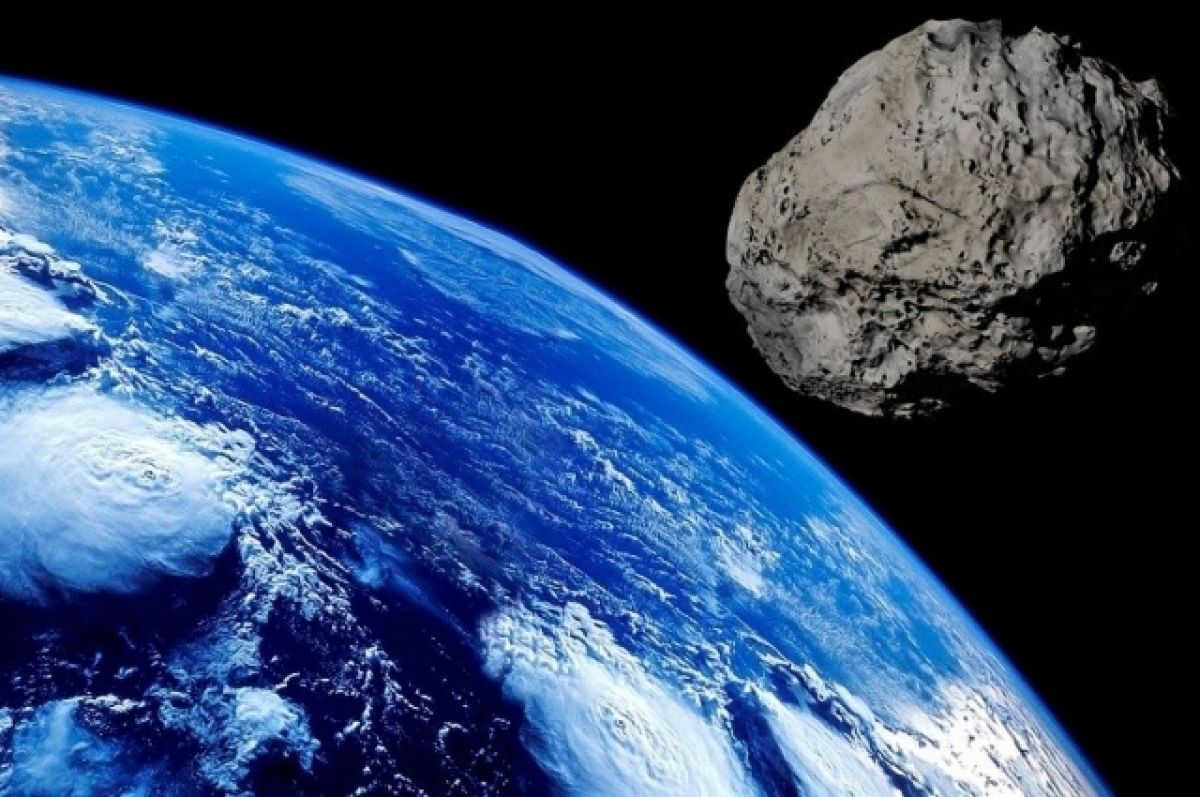
There are three primary categories of asteroids:
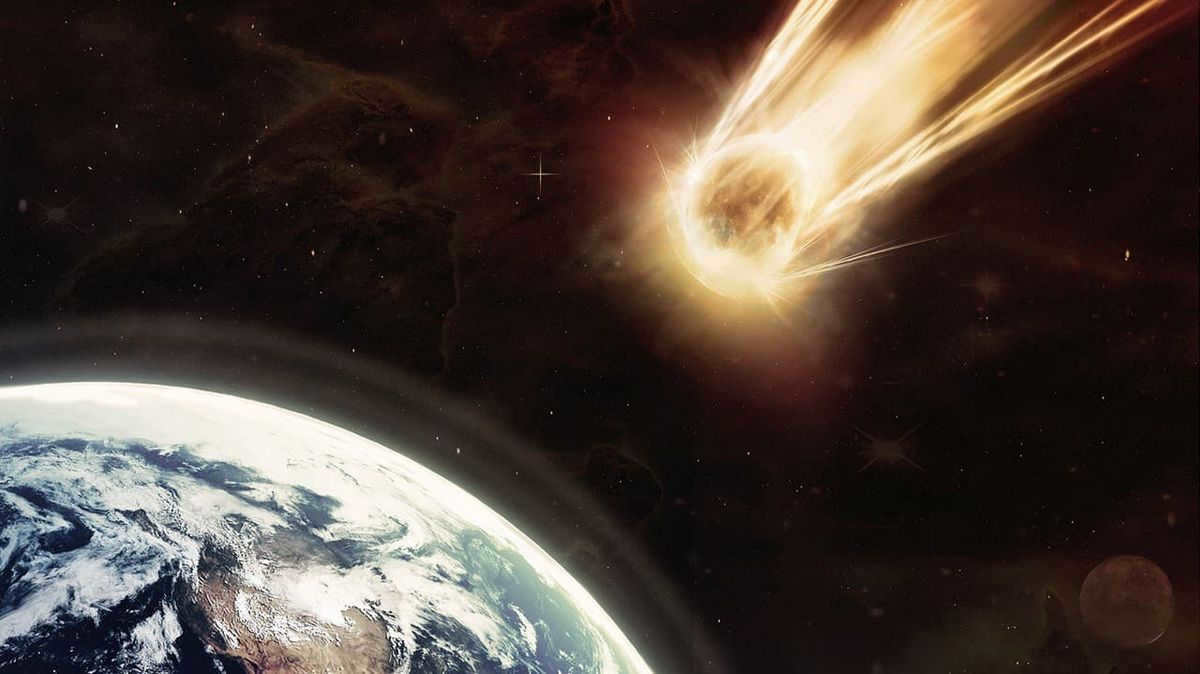
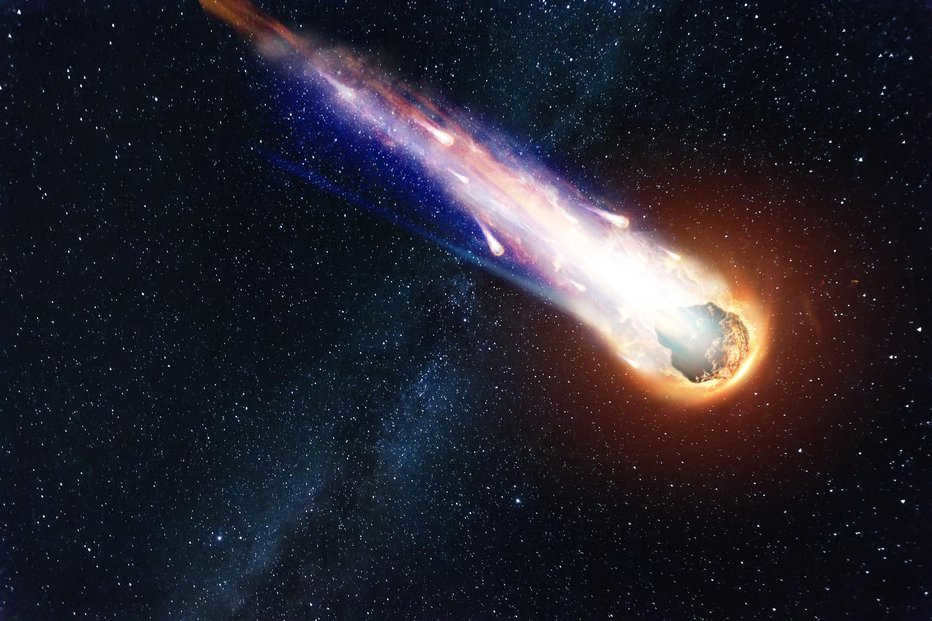
The naming of the three classes is derived from the composition of their asteroids. As an instance, Class C asteroids are characterized by a significant amount of carbon and predominantly exhibit dark hues.
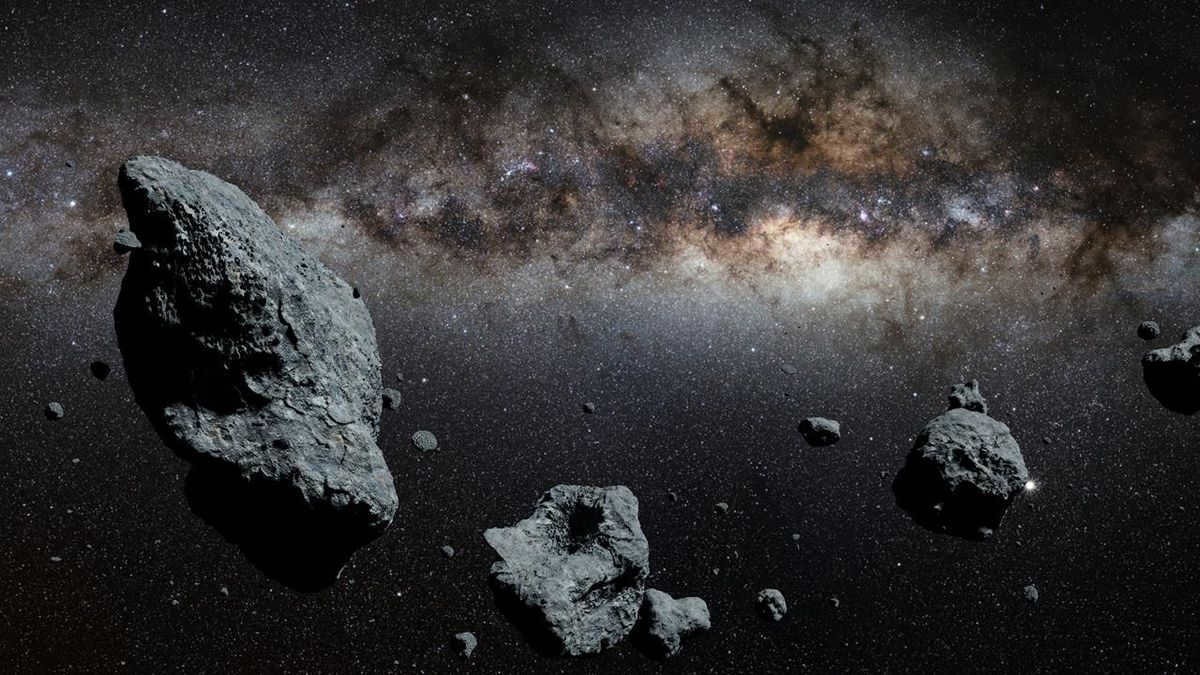
In order to observe asteroids, a telescope is required. It is believed that minerals are present in these celestial bodies. Group C constitutes 75% of the total number of objects in the main asteroid belt.
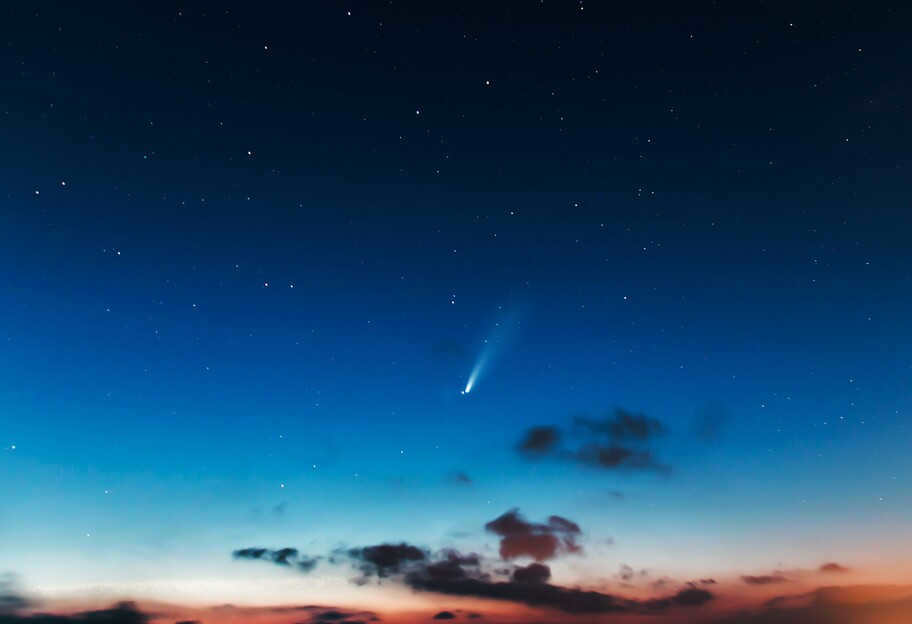
The most famous members of the category include:
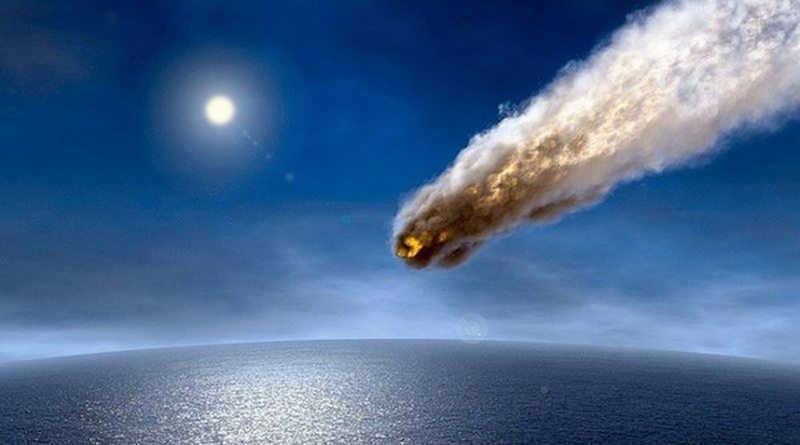
Silicate asteroids of the S class, which account for 15% of the total, rank second in terms of prevalence. They primarily consist of rocky materials.
These asteroids have a moderate albedo and are rich in iron and magnesium. They are predominantly located in the inner asteroid belt and are rarely found outside of this region. This type of asteroid can be easily identified using binoculars.
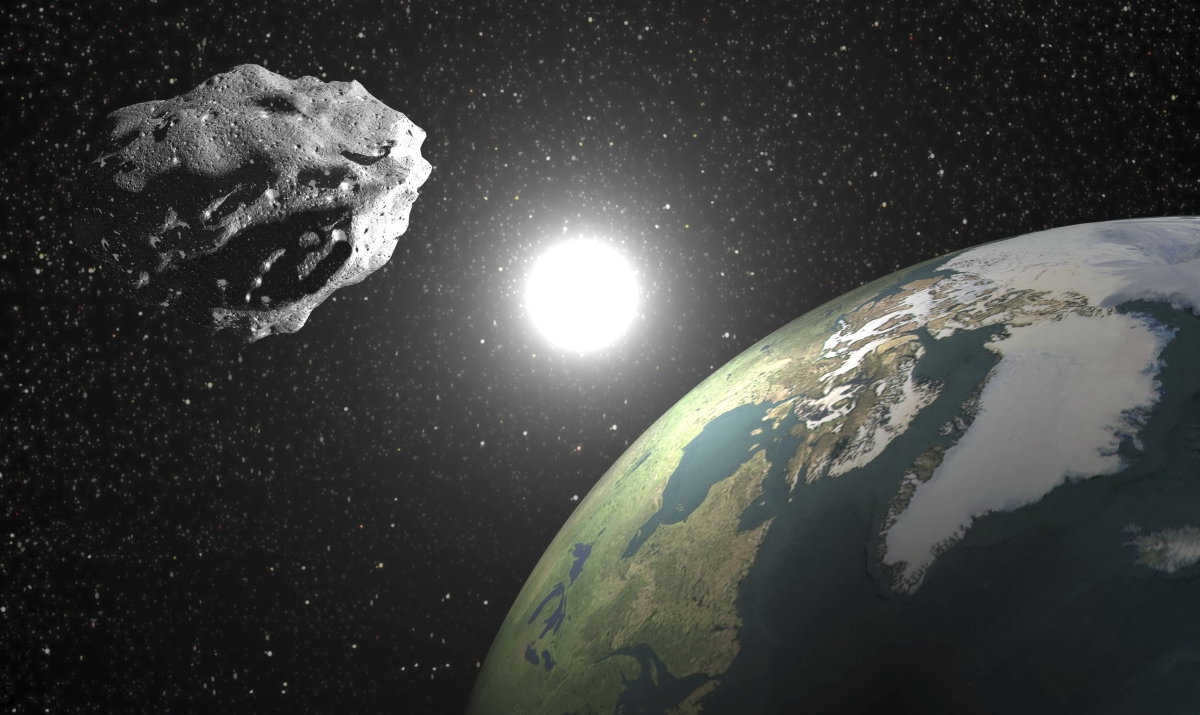
Members of this category consist of:
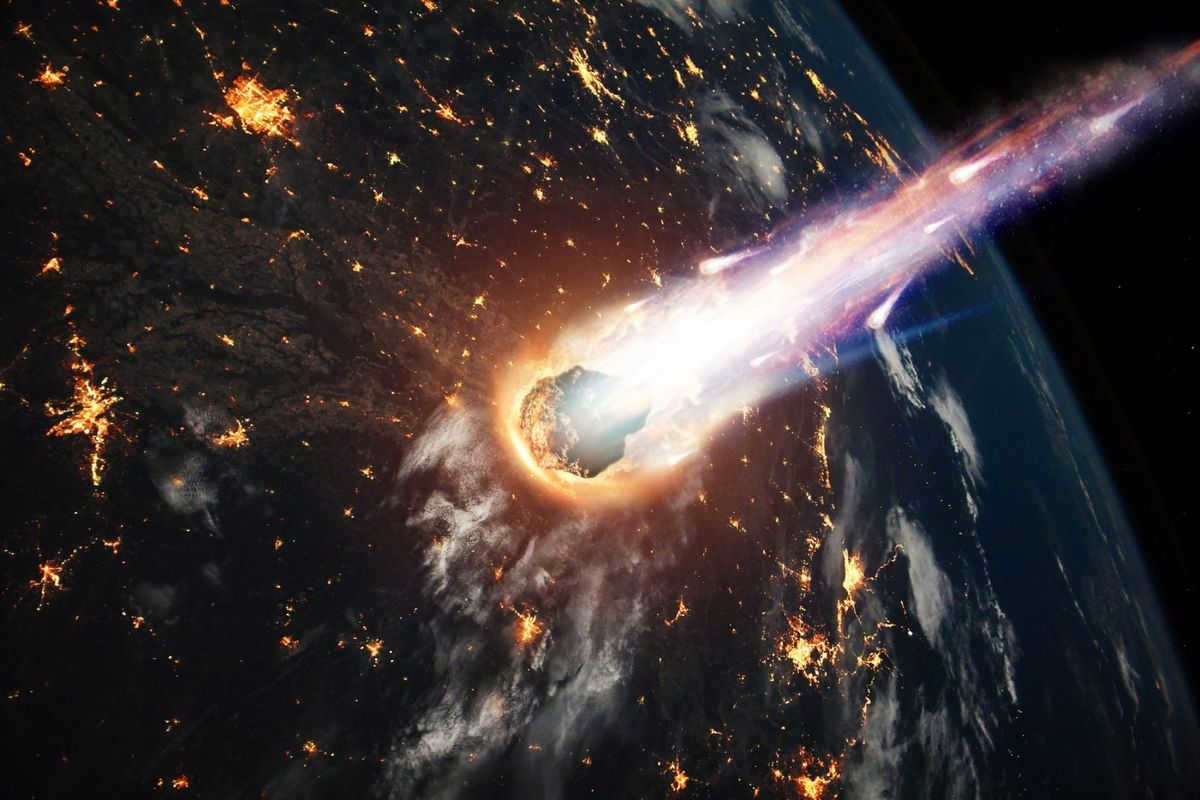
When it comes to metallic asteroids, they constitute a mere 10% of the total population, and our knowledge about them is quite limited. Diverging from other varieties, these celestial bodies are primarily composed of iron and nickel, boasting an exceptionally high metal concentration.
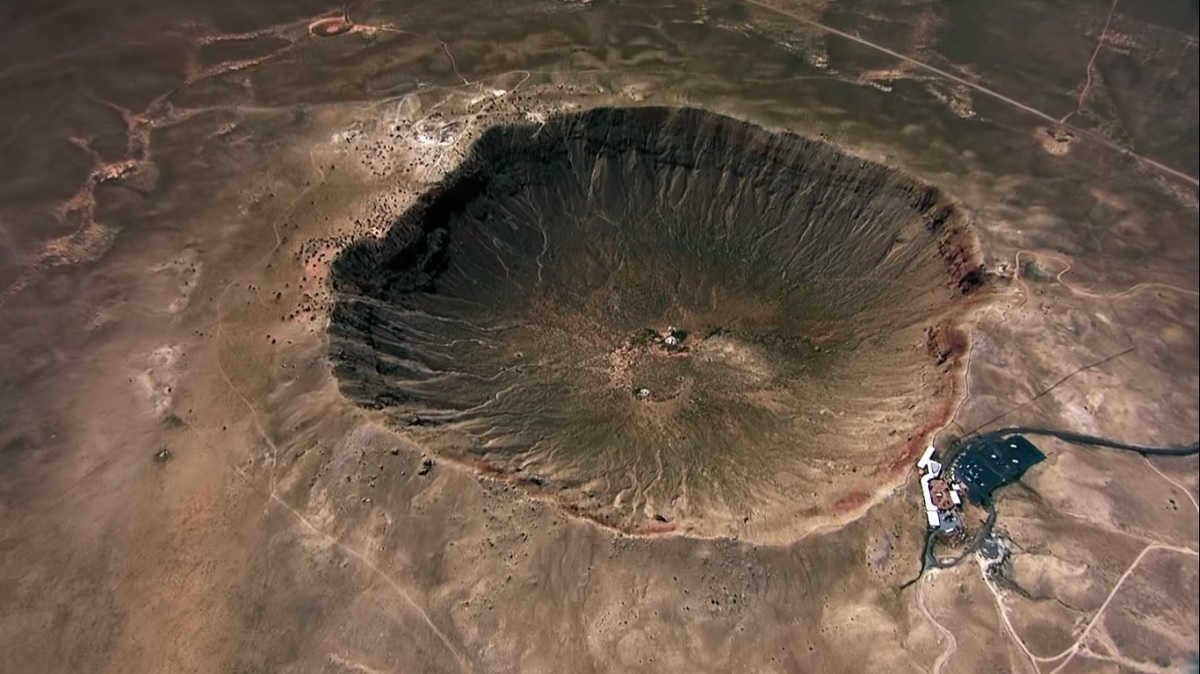
What is the risk posed by asteroids
Although recent calculations suggest that there are approximately one hundred thousand objects in the asteroid belt, it is challenging to determine whether asteroids pose a danger to us at present.
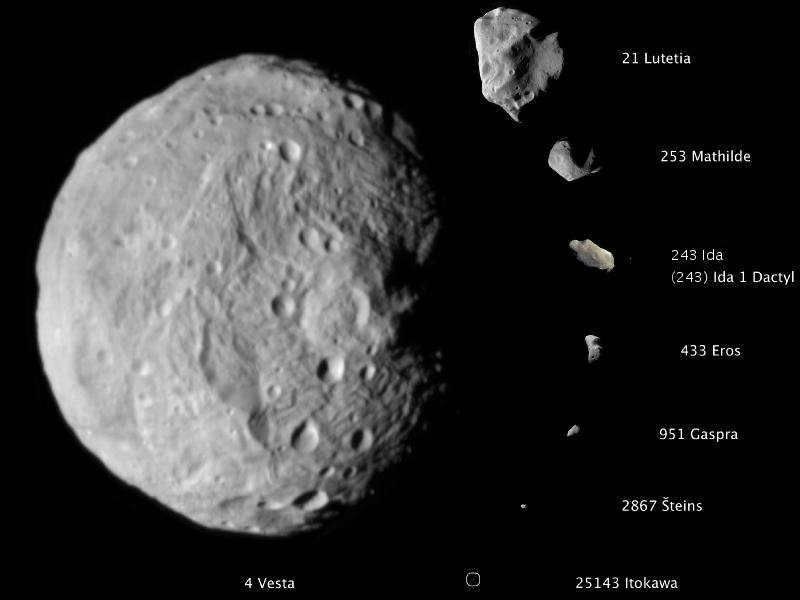
According to a well-known scientific hypothesis, the extinction of the dinosaurs was caused by an asteroid impact. However, it is a fact that the Earth continues to be at risk of asteroid collisions even in the present era.
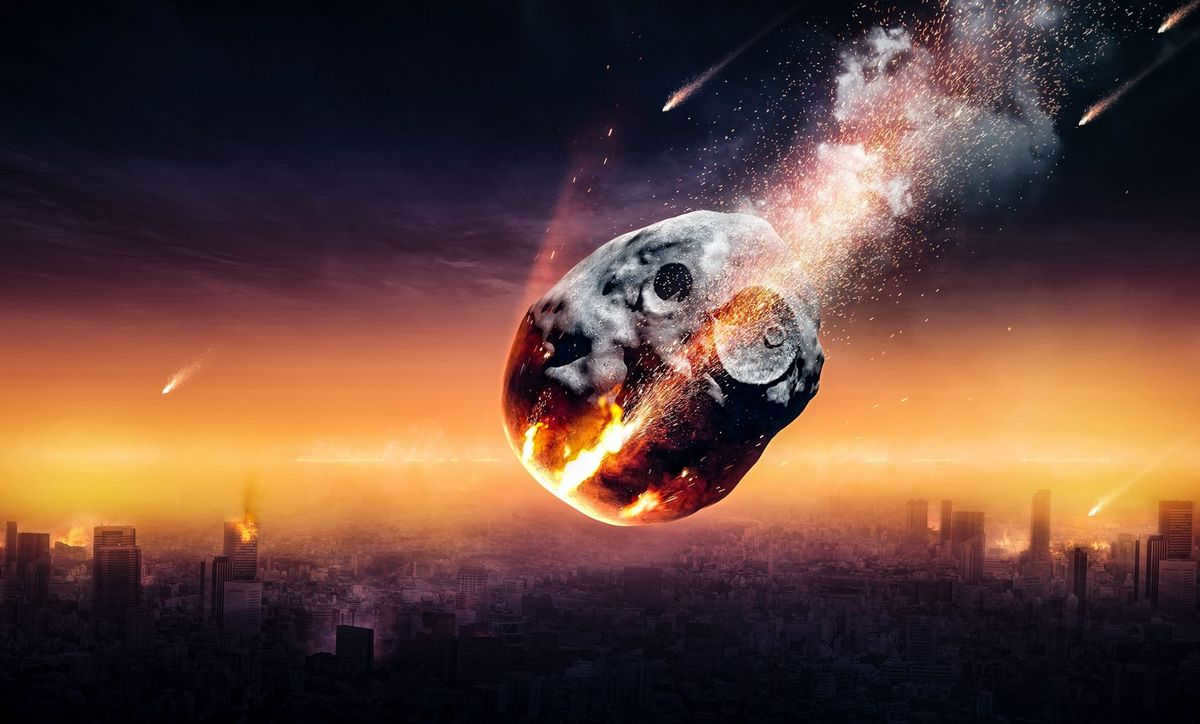
Before developing a strategy to safeguard the planet, it requires several years to calculate the trajectory of the asteroid. “We strive to identify any potential hazards years or even decades in advance,” states the planetary protection specialist at NASA.
The extent of damage caused by an asteroid is once again contingent upon its mass. For instance, if it measures tens of kilometers in diameter, it represents a significant threat to the entirety of human civilization.
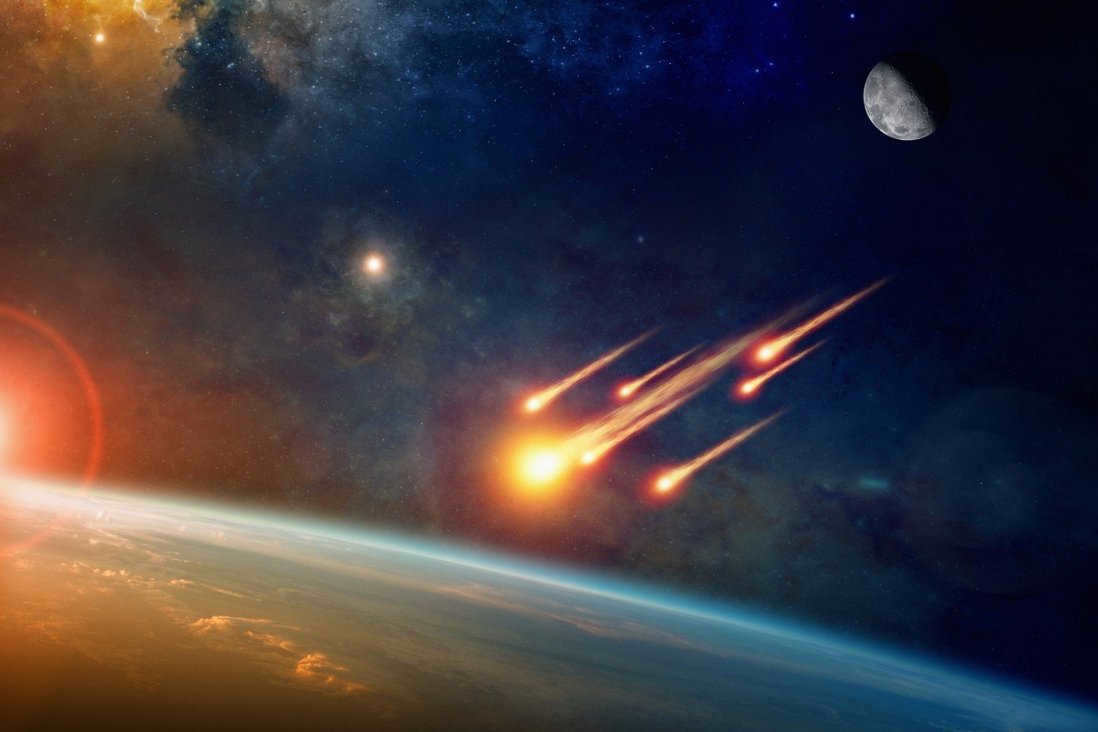
Even small asteroids measuring hundreds of meters in diameter have the potential to inflict considerable harm upon our planet. Comets, on the other hand, pose the least amount of danger due to their low density and inability to cause substantial damage.
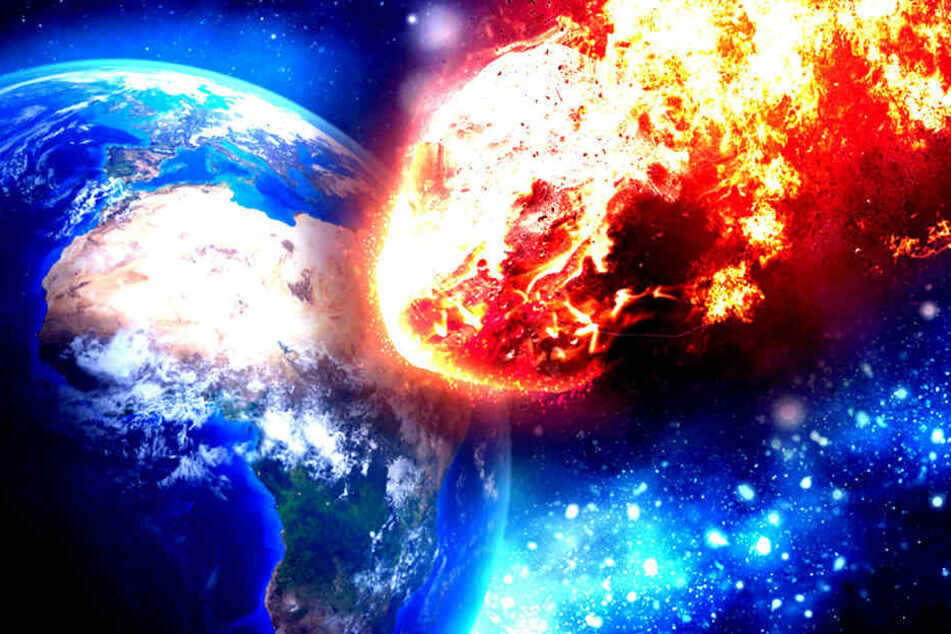
In 2013, there was a collision incident close to Chelyabinsk. A 17-meter, 13,000-ton asteroid entered the Earth’s atmosphere. Upon detonation in the sky, it fragmented into multiple fragments, which were later discovered in a lake.
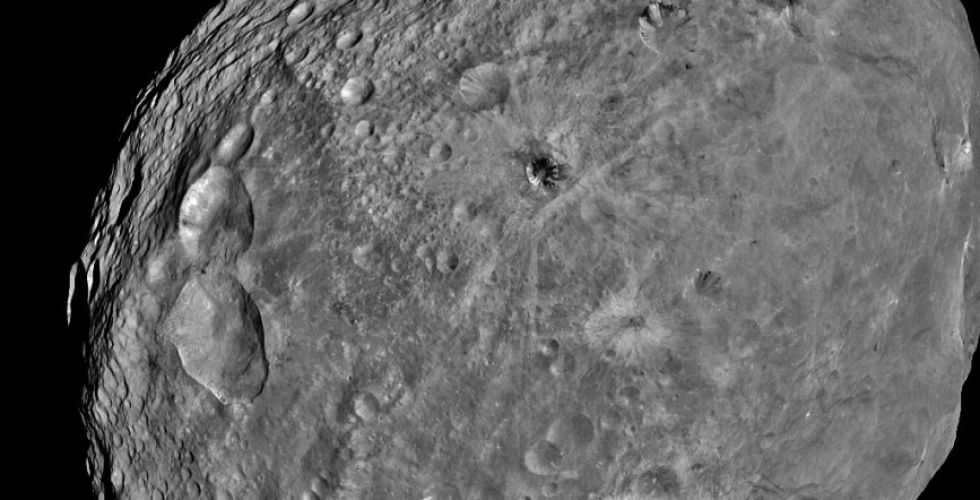
The individuals affected by the event sustained only minor wounds as a result of shattered glass, however, the Chelyabinsk factory’s roof was demolished.
Scientists concur that these occurrences of “meteoric interventions” take place roughly once every century. Additionally, smaller celestial objects collide with Earth approximately every fortnight.
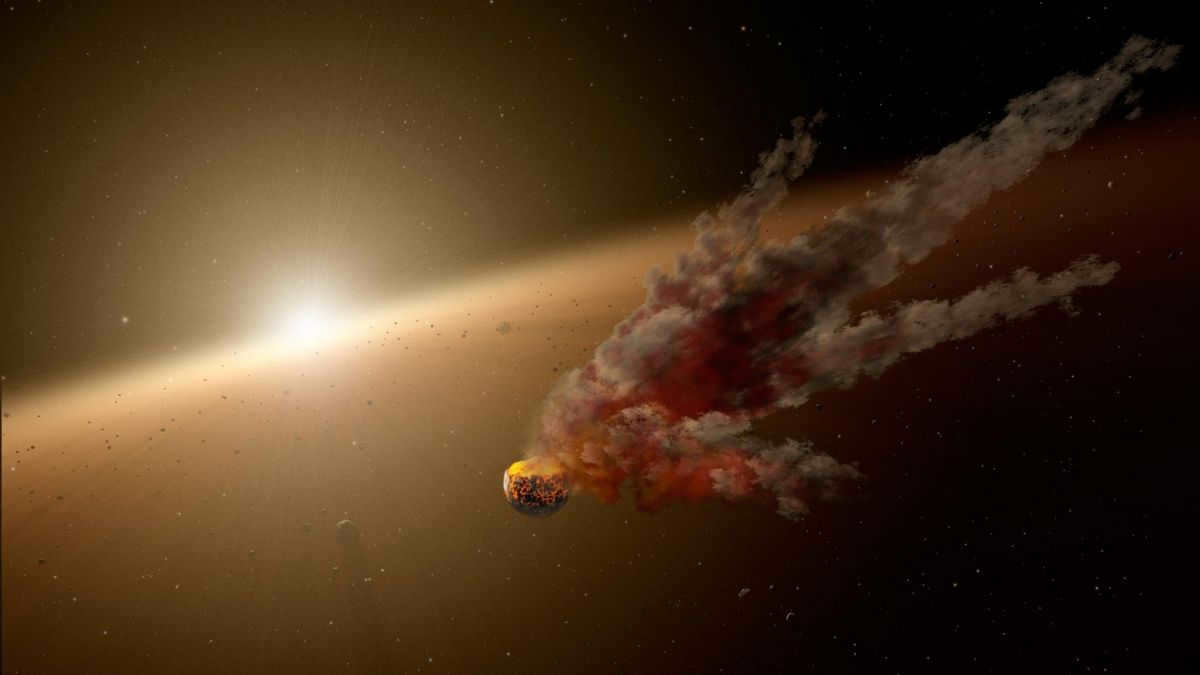
Consequently, even though not every asteroid presents a danger to humanity, the global scientific community and governments approach the issue of space threats with great seriousness and, as previously stated, there are numerous compelling justifications for this approach.
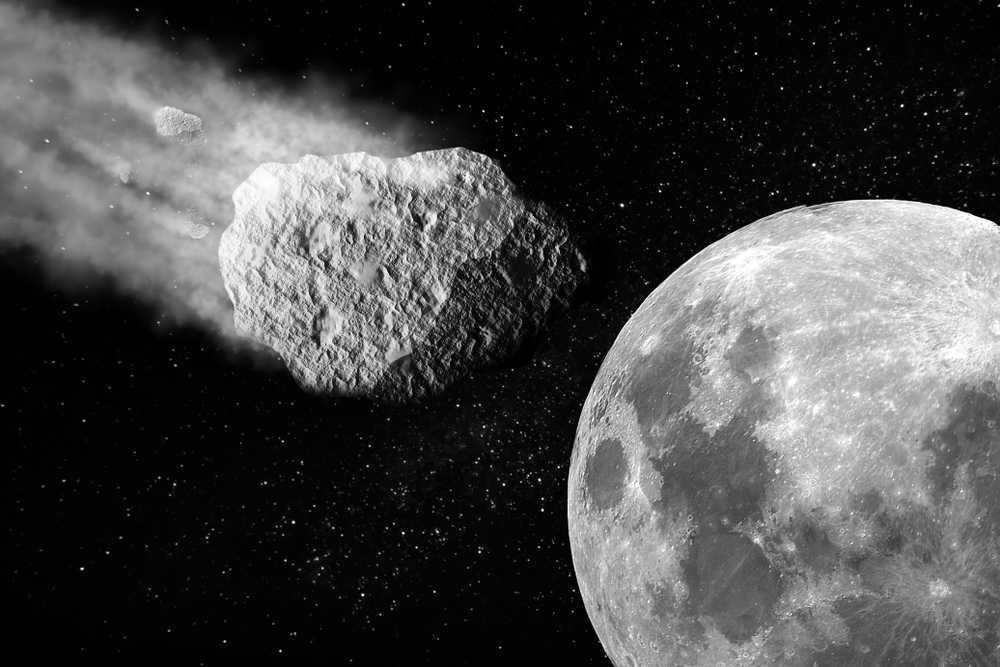
Interesting Information about Small Planets
On the vast expanse of the internet, there is an abundance of fascinating details about asteroids. However, we have curated a collection of the most obscure facts about small planets, which are likely to be unfamiliar to you:
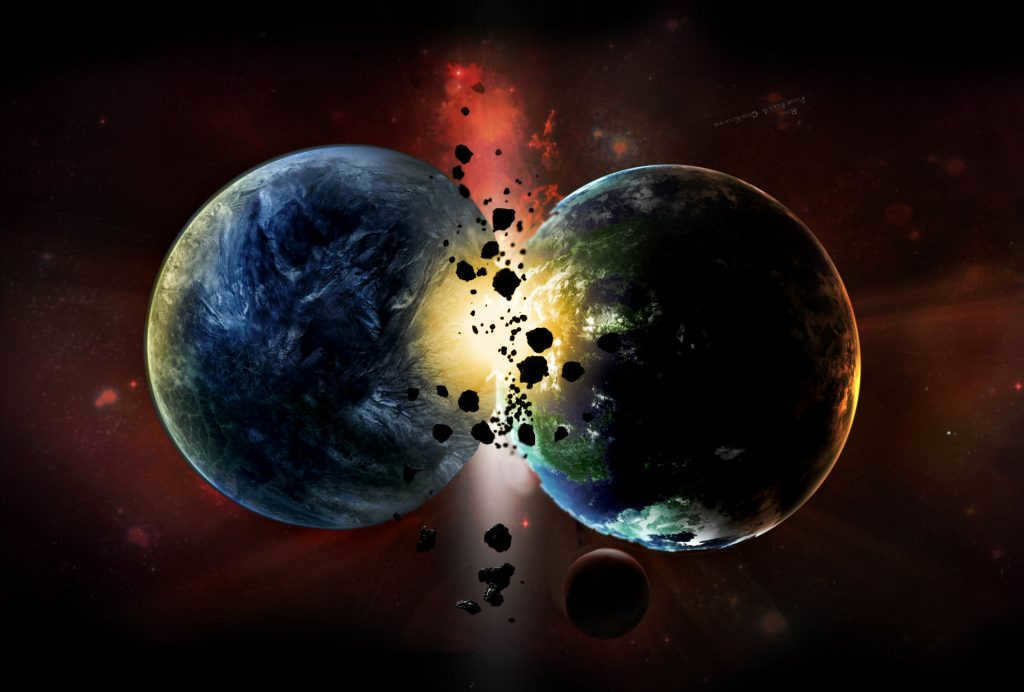
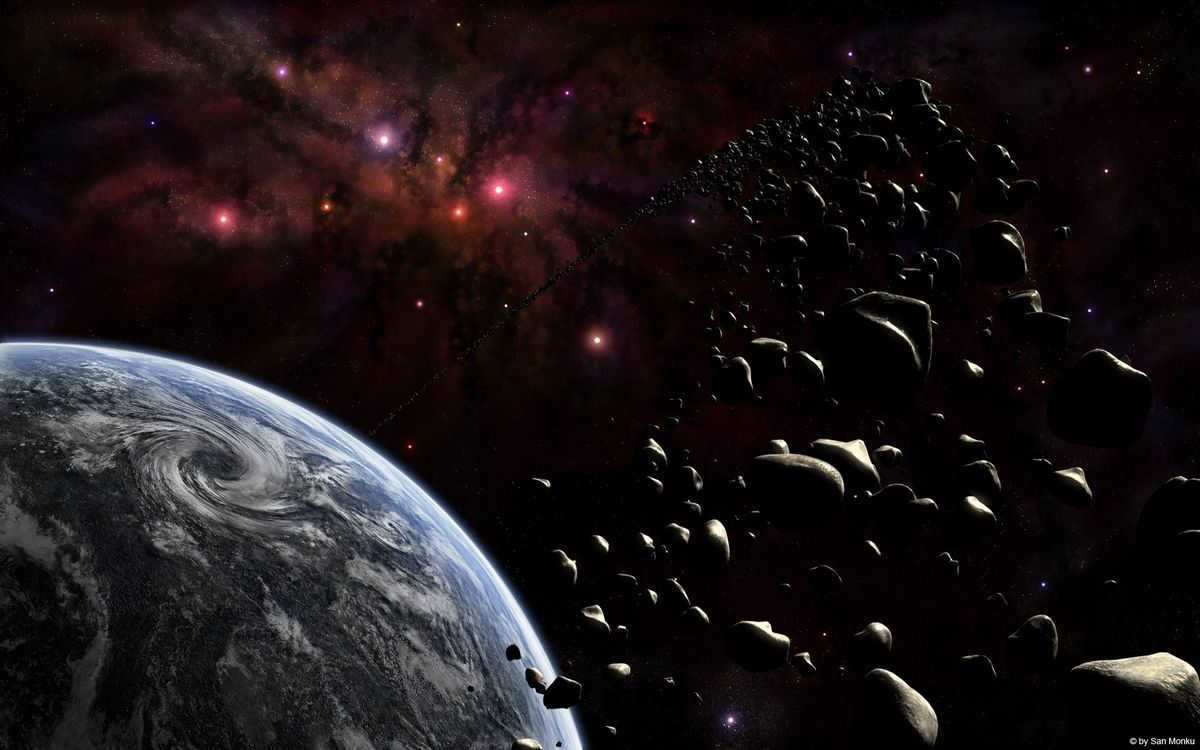
- Looking ahead, the extraction of minerals from asteroids is set to become a reality, with numerous ongoing programs dedicated to this goal.
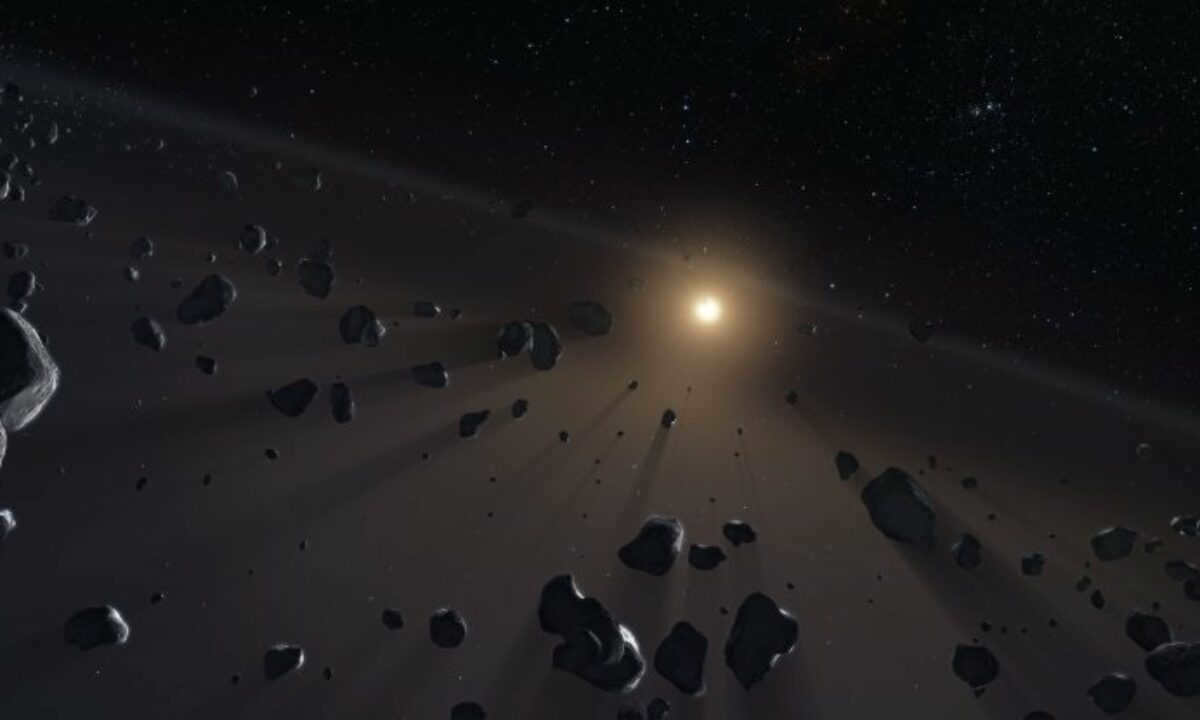
- Can you clarify the nature of this celestial object? Is it an asteroid or a meteor? The answer is that they are all one and the same. A meteor, an asteroid, and a meteorite all refer to the same phenomenon. An asteroid becomes a meteor when it enters the Earth’s atmosphere, and it becomes a meteorite when it lands on the Earth’s surface.
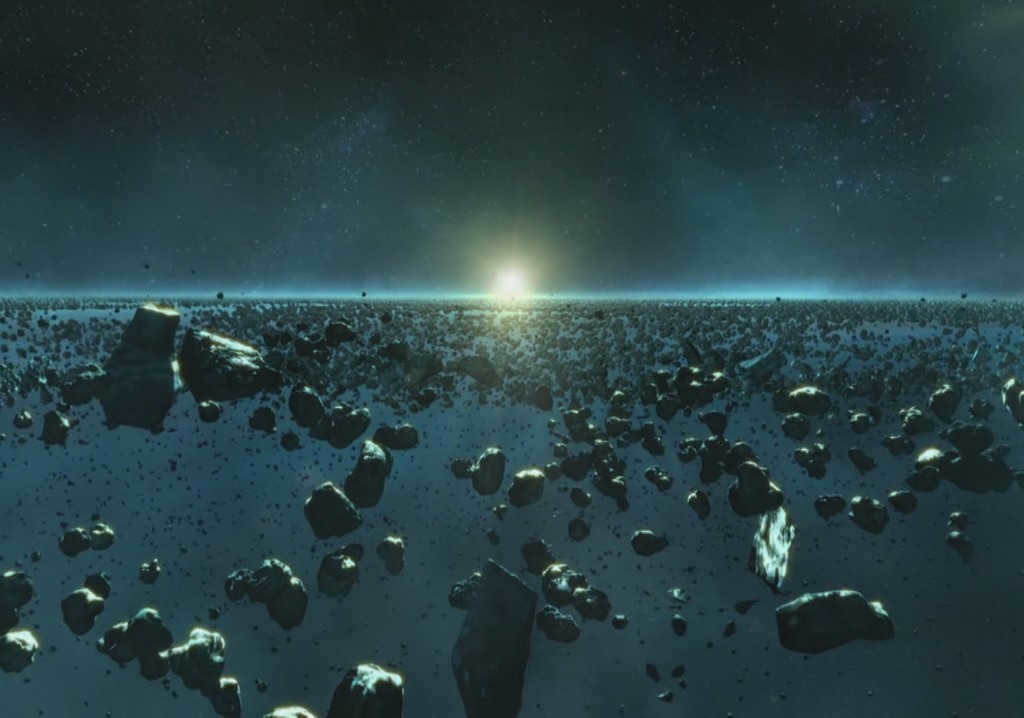
- Vesta is the largest asteroid. Previously, Ceres was regarded as the most massive minor planet, but in 2006 it was reclassified as a dwarf planet, leaving Vesta and Pallada as the two largest minor planets of all.
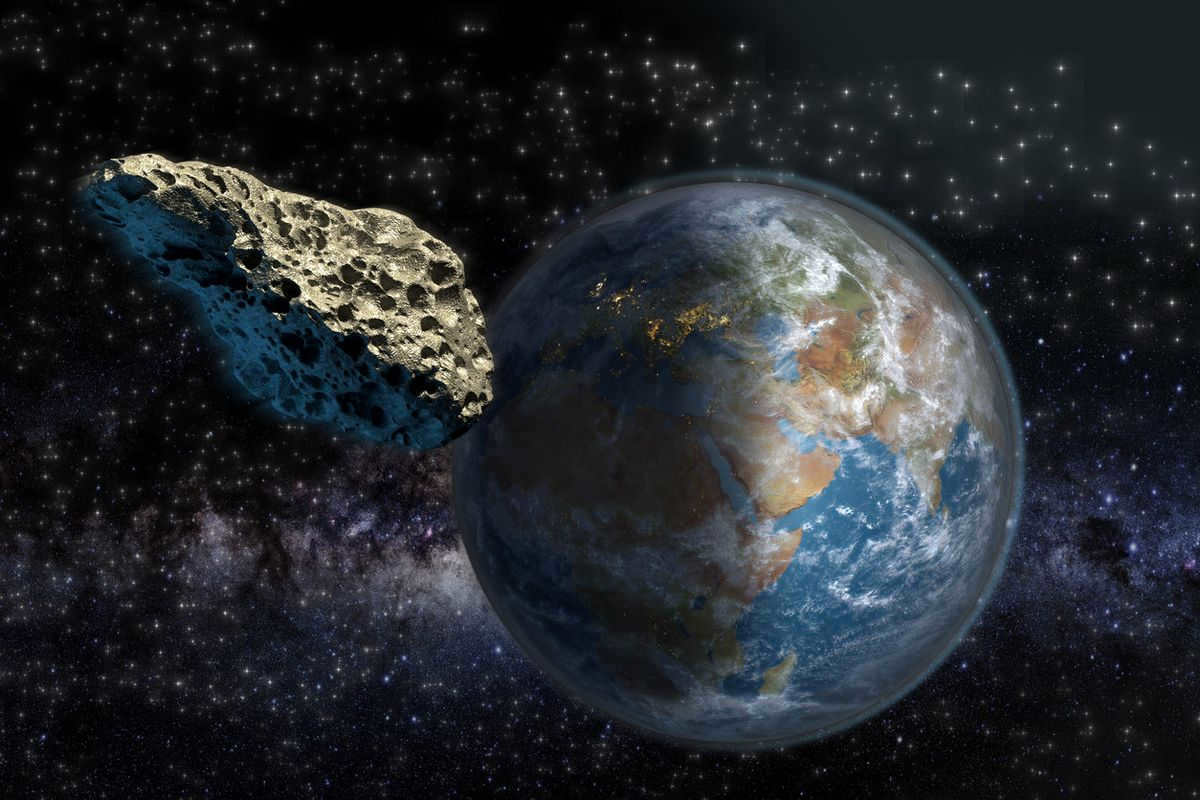
- Asteroids are not only our planet’s only satellite. Earth has up to 6 quasi-satellites, and they are asteroids.
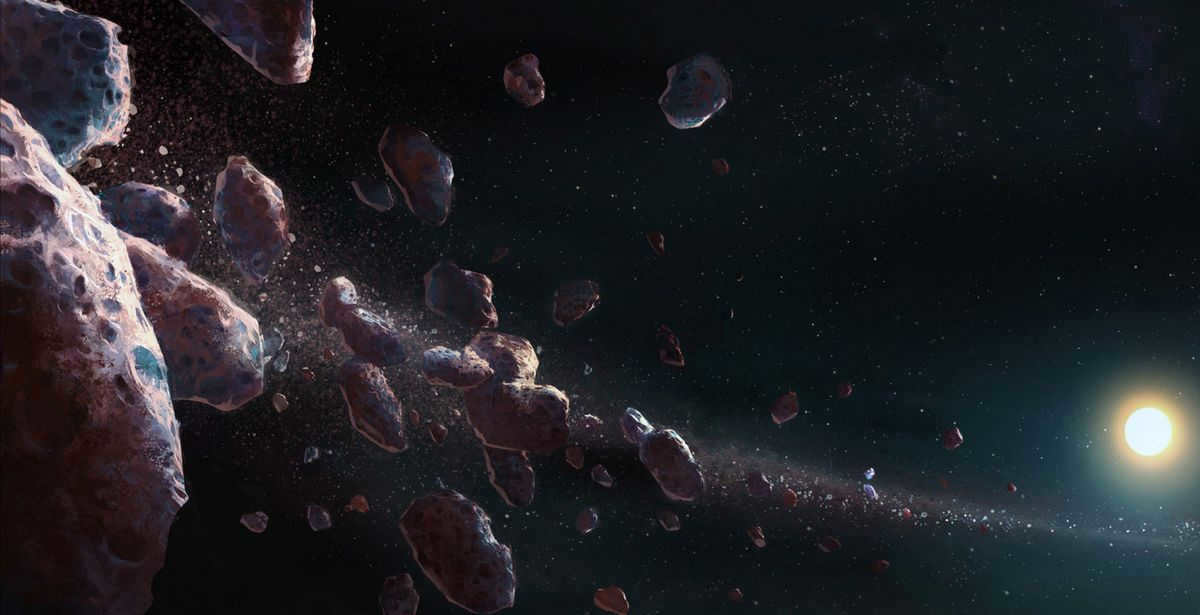
- Jupiter serves as the primary gravitational force for attracting asteroids, while also acting as Earth’s primary defense against them by causing them to disintegrate in its atmosphere.
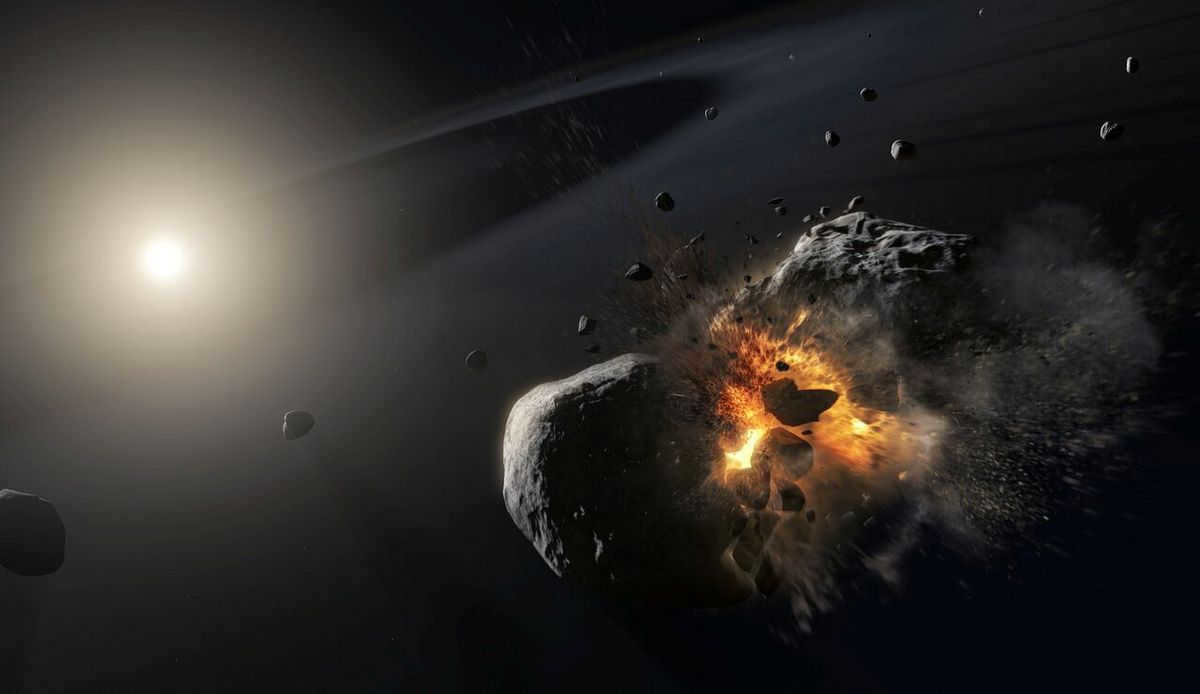
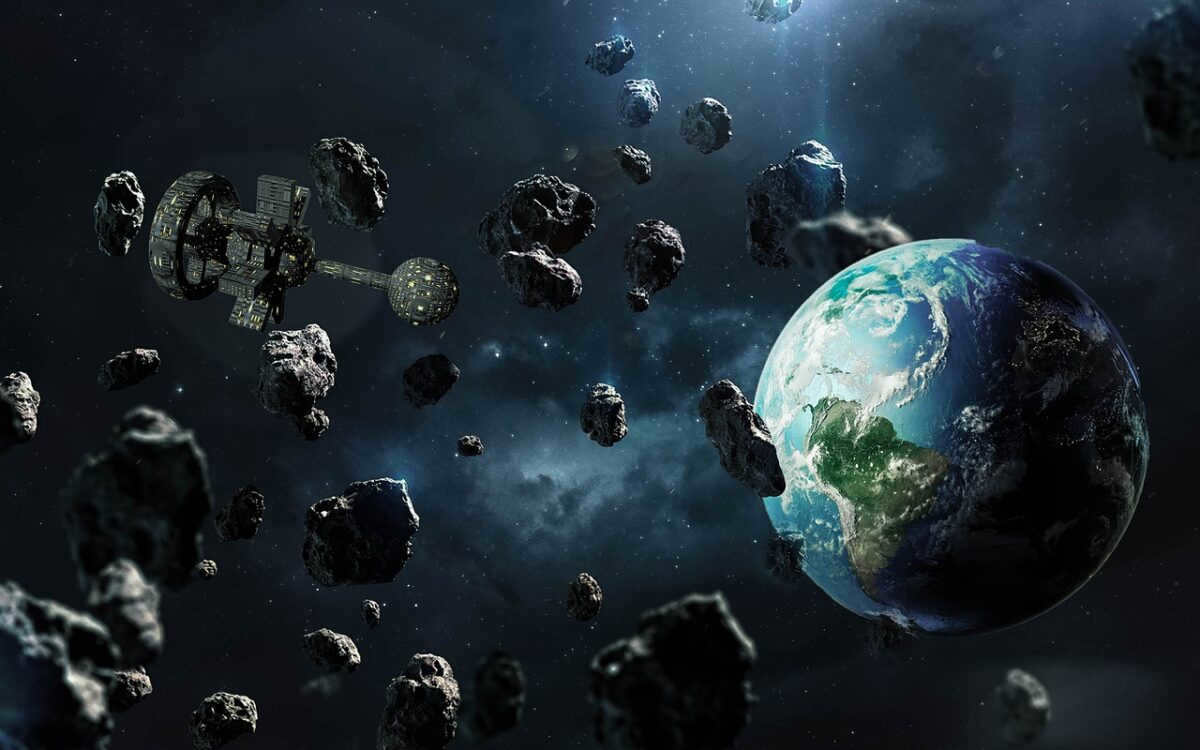
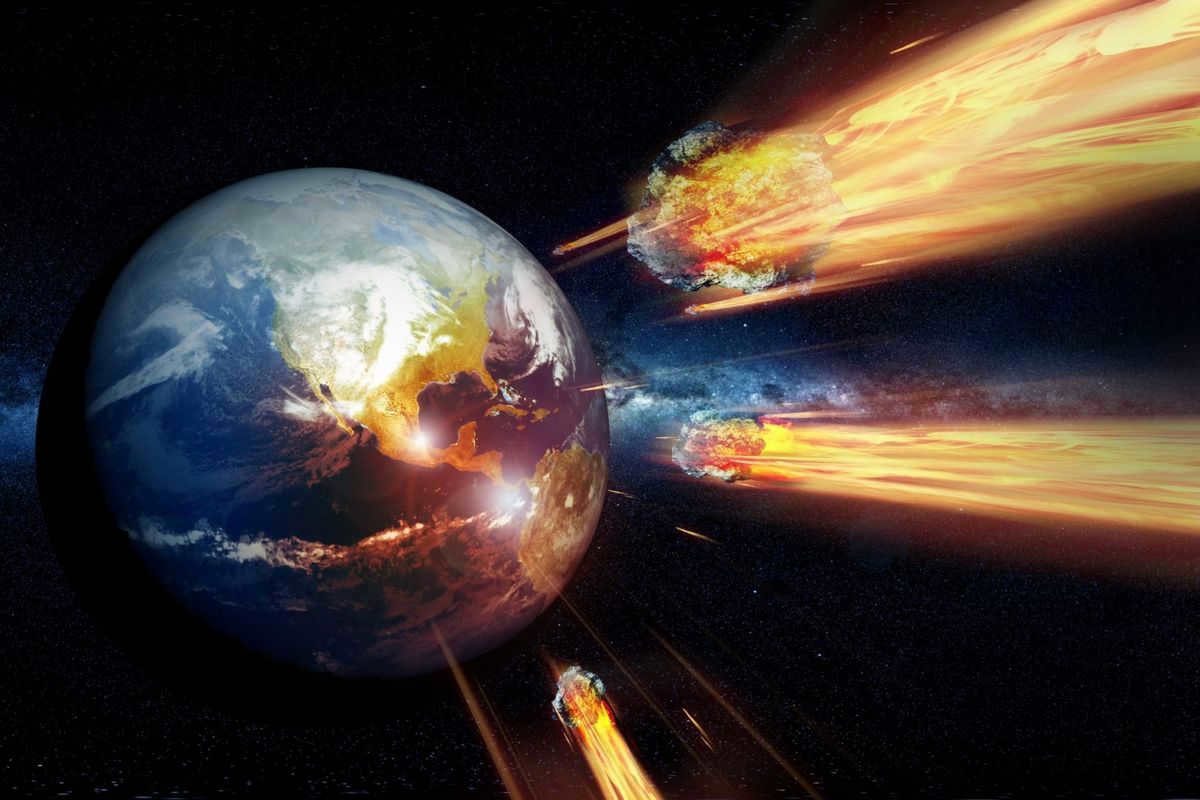
Asteroids and comets – A comparison and the main distinctions between objects found in the Solar System: their description, characteristics, composition, the Kuiper Belt, the Oort Cloud, their orbits, and their locations.
Asteroids and comets share certain similarities. They are celestial bodies that revolve around the Sun, and they can have eccentric orbits, occasionally coming close to Earth or other planets. These bodies are essentially remnants made up of materials dating back to the formation of our solar system 4.5 billion years ago. However, what sets an asteroid apart from a comet? The primary distinction between comets and asteroids lies in their formation and composition.
The distinction between an asteroid and a comet: composition
When it comes to their composition, asteroids are primarily composed of metal and rocky material, while comets consist of a combination of ice, dust, rock, and organic compounds. As comets approach the sun, they gradually lose their solidity due to the melting and evaporation of their ice. In contrast, asteroids generally maintain their solid form even when they come into close proximity to the sun.
Currently, the majority of asteroids are located within the Asteroid Belt, situated between the orbits of Mars and Jupiter, harboring countless space rocks of different dimensions. Conversely, the majority of comets are positioned in the farthest regions of our solar system, namely the Kuiper Belt – an expanse just beyond the orbit of the dwarf planet Pluto, speculated to contain millions of icy comets (similar to other icy dwarf planets like Pluto and Eridu); or in the Oort Cloud – a vast region where trillions of comets can encircle the Sun at immense distances of up to 20 trillion kilometers (13 trillion miles).
Difference between an asteroid and a comet: their orbits
There is a distinction in the orbits of asteroids and comets. Some experts suggest that asteroids were created in close proximity to the Sun, where the high temperatures prevented ice from remaining solid. On the other hand, comets formed further away from the Sun, allowing them to maintain their icy composition. Nevertheless, some scientists propose an alternative theory, suggesting that comets, currently situated in the Kuiper Belt and Oort Cloud, initially originated within the solar system but were subsequently expelled due to the gravitational pull exerted by the massive planets Jupiter and Saturn.
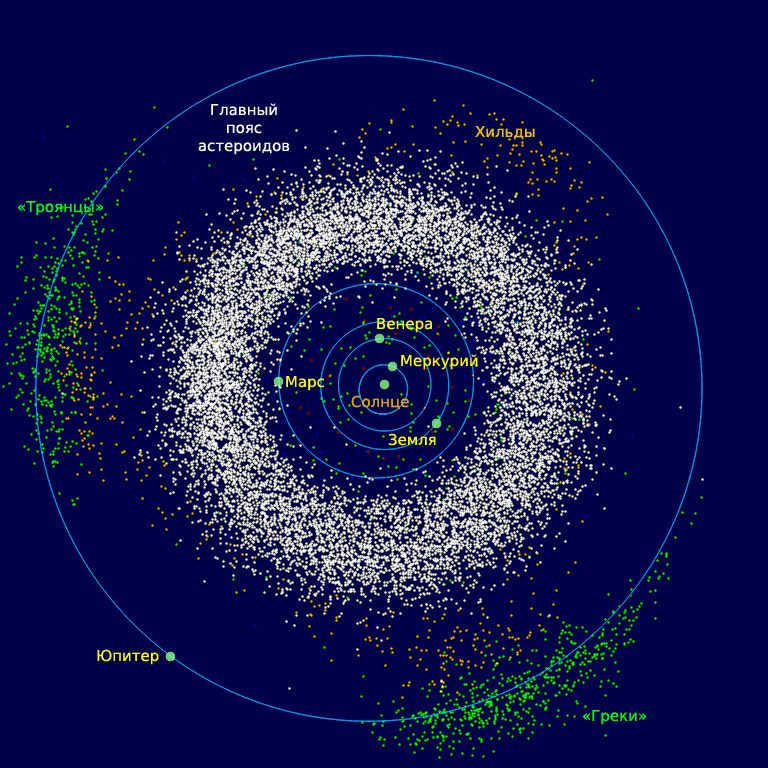
It is a well-known fact that the gravitational disturbances regularly displace asteroids and comets from their typical habitats, causing them to follow orbital paths that draw them nearer to the Sun, as well as to the Earth.
As comets approach the Sun, some of their ice melts, setting them apart from asteroids, which typically lack this characteristic. One notable feature of comets is the presence of tails, which are generally absent in asteroids. When the ice in comets begins to melt and other substances vaporize due to the Sun’s heat, it creates a bright halo that accompanies the comet as it traverses through space. The ice, along with compounds like ammonia and methane, form a hazy cloud known as the comet’s coma. The comet’s “tail” is formed due to the forces exerted on its surface by the Sun’s radiation and solar wind. This tail is always oriented away from the Sun.
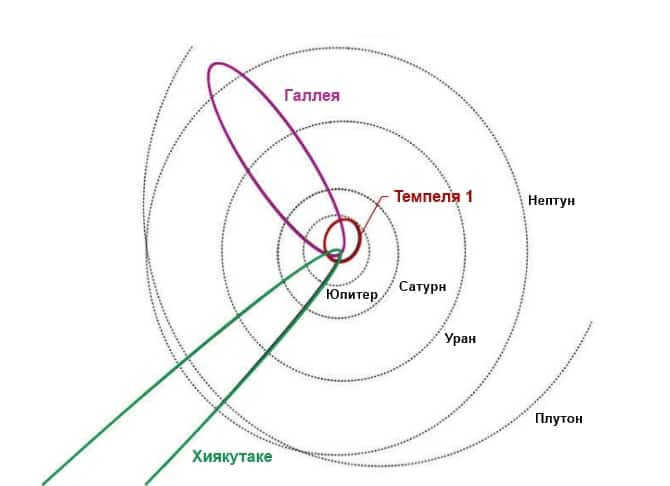
The trajectory of several known comets
Typically, asteroids do not possess tails, even when they are in close proximity to the Sun. However, in recent times, astronomers have observed asteroids with tails, for instance, asteroid P/2010 A2. This phenomenon occurs when an asteroid collides with other asteroids, resulting in the ejection of dust or gas from its surface, thereby creating a “tail” effect. These asteroids, referred to as “active” asteroids, are a novel occurrence, with only 13 such active asteroids discovered in the main Asteroid Belt as of the time of writing. Consequently, they are considered extremely rare.
There is a distinction between asteroids and comets when it comes to their orbital patterns. Asteroids typically have orbits that are shorter and more circular in shape. On the other hand, comets have orbits that are very wide and elongated, often surpassing 50,000 a.u. from the Sun (*Note: 1 a.u., or astronomical unit, is equal to the distance from the Earth to the Sun). Some comets, known as long comets, originate from the Oort Cloud and have large orbits that take them well beyond the planets before returning. Other comets, referred to as short comets, come from the Kuiper Belt and follow shorter orbits around the Sun.
When it comes to the number, there is a significant disparity. The interesting thing is that we are not aware of the precise quantity of asteroids or comets in our solar system, as a large number of them have not yet been observed. Scientists have identified millions of asteroids – ranging in size from tiny dust particles to hundreds of kilometers in diameter. However, as of now, only approximately 4,000 comets have been discovered by astronomers. Nevertheless, according to certain estimations, the Oort Cloud alone could contain as many as one hundred billion comets.
The study of asteroids and comets is of great interest to scientists due to the fact that they have been forming since the early days of our solar system. By closely examining them using satellites and landers, such as the current mission of the Rosetta probe and the Philae lander to the comet 67P, scientists hope to gain insight into what our solar system looked like in its early stages. The next mission to the comet will be carried out by the Japan Aerospace Exploration Agency (JAXA)’s Hayabusa-2 automated interplanetary station, which is set to launch in late November or early December 2014 and reach asteroid (162173) 1999 JU in 2018.
It is also known that comets and asteroids exist in solar systems other than our own. In 2012, researchers using the Spitzer Space Telescope observed what they believe to be the convergence of two asteroid orbits with the orbit of a distant star located 1,200 light-years away. In 2011, astronomers witnessed a comet impacting a planet that orbits the star Eta Corvi, which is approximately 59 light-years away.
Scientists also analyze comets and asteroids to assess the probability of them colliding with Earth and other planets, as well as the potential impact on planetary atmospheres during their close approaches. In November 2014, a comet named Siding Spring came very close to Mars, and ongoing research is being conducted on that event. However, it is possible that such occurrences are more frequent than we realize. According to a recent study, Mars is bombarded by approximately 200 small asteroids and comets each year.
What are the chances of our planet colliding with a large asteroid or comet? We are aware that Earth has been impacted numerous times in the past by asteroids and comets that crossed their paths with the solar system. There is scientific evidence indicating that cosmic collisions have played a significant role in the mass extinctions of species documented in the Earth’s fossil records. These objects, referred to as near-Earth objects, still pose a threat to our planet today. However, NASA, ESA, and other space agencies have implemented programs that have identified hundreds of thousands of asteroids and comets. None of these objects are currently a danger to Earth. Furthermore, the possibility of extracting resources from asteroids and comets is of interest to industrialists and commercial space ventures like Planetary Resources.
Classification of asteroids
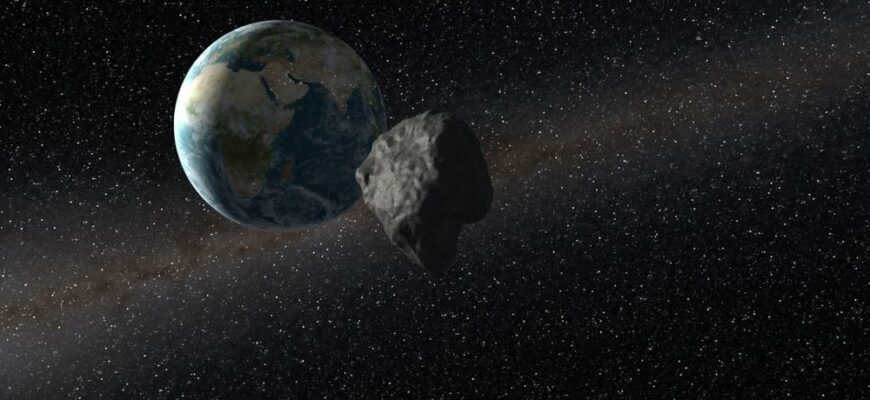
Community
Asteroids are relatively small objects in the grand scheme of the cosmos. They can range from the size of a small rock to formations several hundred kilometers wide. Anything larger than that would be considered a dwarf planet (such as Pluto).
Today, a half-kilometer “potentially hazardous” asteroid passed close by the Earth. NASA assures us that if this space object were to collide with our planet, even if it landed in the ocean, it could completely devastate an entire continent.
What exactly is an asteroid?
Asteroids come in a variety of sizes, ranging from a small rock the size of a fist to a much larger formation that can span several hundred kilometers in diameter. If they are any larger, they are considered to be small planets, such as Pluto.
The term “asteroid” comes from the Greek word meaning “star-like.” Most asteroids have an irregular shape and there are various theories about their origins. Some asteroids are believed to be remnants of celestial matter that never coalesced into a larger celestial body, while others are thought to be the result of collisions that shattered once-existing protoplanets into billions of fragments.
Counting the number of asteroids orbiting the Sun is an incredibly challenging task due to their minuscule size, making them difficult to observe accurately. In the region between Mars and Jupiter, astronomers have identified approximately 750 thousand small celestial bodies, collectively known as the Asteroid Belt. Among the notable objects in this part of the solar system is Ceres, which is often referred to as a dwarf planet. Ceres boasts a diameter of 940 kilometers, making it one of the largest entities in this region.
Asteroids lack an atmosphere, although some of them possess enough gravitational pull to attract smaller objects. Certain asteroids even have their own satellites, while others form “double systems,” revolving around a common center of mass.
Why don’t asteroids collide with the Earth despite their abundance?
In reality, they do collide with the Earth, and it happens on a regular basis. Throughout the planet’s history, there have been numerous instances of such collisions. One of the more recent examples is the catastrophe that wiped out the dinosaurs and marked the beginning of the age of mammals. Additionally, there have been many other collisions, including the Tunguska meteorite.
However, in many cases, asteroids do not manage to reach the Earth at all. As they enter the planet’s atmosphere at high speeds, they quickly heat up and explode, breaking into smaller fragments. There are also instances where asteroids bypass the Earth entirely, although the gravitational field of our planet often alters their trajectory.
However, there also exist a type of asteroids known as Trojan asteroids. These asteroids can be “captured” by a planet under specific circumstances and will then orbit alongside it like a shadow. The term “Trojan” was not chosen randomly; it was actually borrowed from Homer’s Iliad. In the epic tale, the Greeks sought refuge on their ships, and the Trojans pursued them. This is how these asteroids came to be known as Trojans.
What are the consequences of an asteroid colliding with Earth?
The discovery of asteroids has instilled fear in humanity, and for good reason. Scientists have long warned us that it’s not a matter of if, but when an asteroid collision will occur. According to calculations by NASA and the European Space Agency, the year 2022 will see the approach of the perilous asteroid 65803 Didymus and its companion Didymoon. Didymus measures approximately 780 meters in diameter, while Didymoon is around 170 meters. The smaller asteroid orbits the larger one every 11.9 hours, with a distance of only 1100 meters between them.
When the most recent major asteroid impact with Earth took place, it happened in Russia. In 2013, a large asteroid fragment, also known as a meteorite, detonated above Chelyabinsk at an altitude of 30 kilometers. This event resulted in shattered windows and 1400 people getting injured. The explosion’s force was estimated to be around 500 kilotons, roughly 30 times stronger than the atomic bomb dropped on Hiroshima. Fortunately, due to its high altitude, significant destruction was avoided.
Shielding the Planet from Asteroids
In order to safeguard the Earth from potential encounters with celestial wanderers, a continuous surveillance service for celestial objects has been established. Automated telescopes at major observatories are constantly scanning the heavens. Numerous observatories worldwide are actively involved in this initiative. NASA has played a pivotal role in the research of asteroids by developing the Sentry system, which is part of the Global Asteroid Hazard Monitoring System.
Scientists are in agreement when it comes to defending against asteroids, as they believe there are only two viable options. The first option involves physically destroying the asteroid, essentially blowing it up. The second option involves altering the asteroid’s orbit in order to prevent a collision. Unfortunately, the first method is only effective for relatively small asteroids. On Earth, there is certainly enough firepower to destroy just about anything. However, a large asteroid could potentially break apart into numerous dangerous fragments. In this scenario, we would be faced with not just one collision, but dozens or even hundreds. Dealing with smaller objects is much simpler: their fragments are likely to burn up in the atmosphere, reducing the overall danger. As it stands, the only recorded victim of an asteroid impact on Earth is a single cow.
When it comes to large asteroids, there is a potentially more effective method for defending against them – altering their orbit. And there are two approaches to achieve this. The first is known as a gravity tug, which involves using a large spacecraft with enough gravitational force to change the trajectory of the celestial body. The second method is called a ram, which works on the same principle as bowling – the ball rolls and knocks down pins, changing its path after each collision.
Asteroids are rocky celestial bodies, and studying them can provide insights into their formation and how they differ from planets. They are primarily composed of iron, nickel, and rocky materials. Some of these bodies even have satellites, despite lacking an atmosphere. In the past, when telescopes were not as advanced, asteroids were often mistaken for stars due to their similar characteristics.
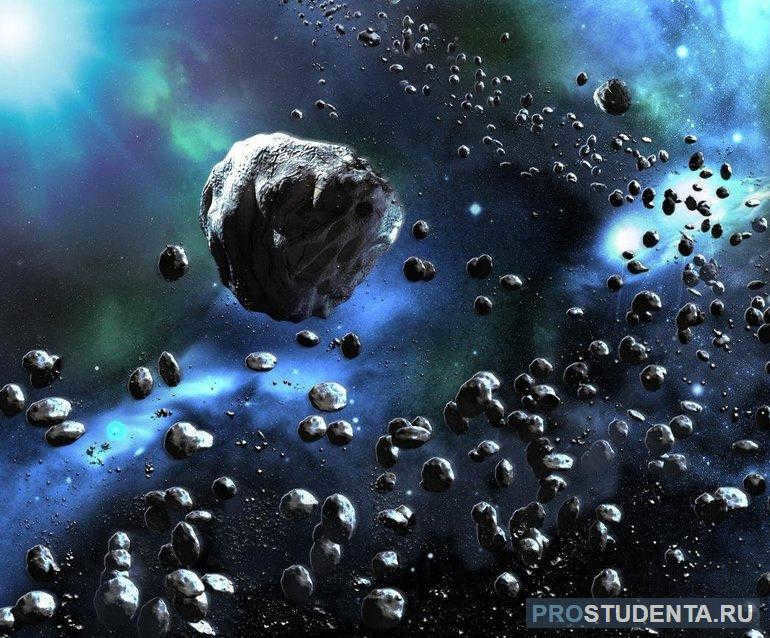
Key Characteristics
Asteroids travel in an elliptical path around the Sun. They complete one orbit every 3-9 years, with the exact duration depending on their distance from the Sun. The initial nomenclature of these celestial bodies was assigned by the scientists or astronomers who first discovered them, a tradition that has been in place for centuries.
Presently, there are around 20,000 known asteroids, although only half of them are officially catalogued. The brightness of these objects can vary over time. Through spacecraft imagery, it has been revealed that asteroids have an irregular shape and their surfaces are marked by numerous craters.
When an asteroid enters Earth’s atmosphere, it is referred to as a meteor. Upon reaching the planet’s surface, it becomes a meteorite. These objects can be composed of either iron or stone. The latter type contains silicon, magnesium, and other elements.
The Origin of Asteroids
The precise origin of asteroids remains a mystery to scientists. Reports on the formation of these celestial bodies vary, as there are numerous theories. Some of the most widely accepted hypotheses include:
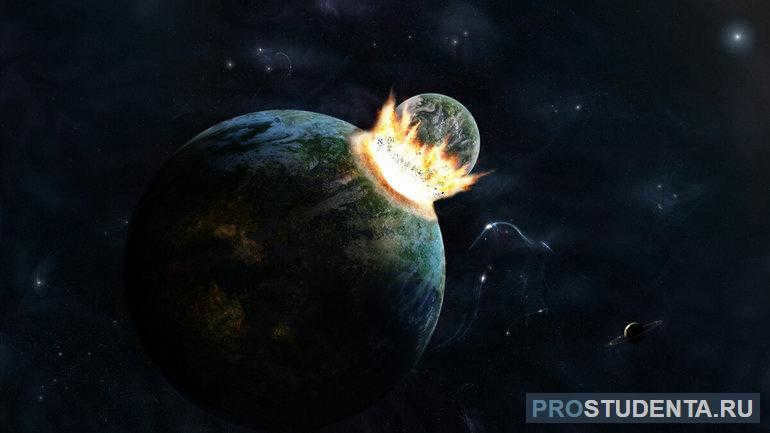

One theory suggests that asteroids were formed when planets collided in the past. Another possibility is that they originated from the explosion of celestial bodies. These fragments remained in space, moving in their own orbits and occasionally colliding with each other. All planets in the universe are made up of matter in the form of dust and gas. Smaller bodies could have formed from the solid remnants of this matter. The smaller particles eventually combined to form larger debris.
However, asteroids are distinct from planets and cannot be mistaken for them. They are significantly smaller in terms of diameter, mass, and surface area. Additionally, celestial bodies have irregular shapes, whereas planets are typically round or elliptical. When observed through a telescope, planets appear as disks.
Asteroids resemble stars to a greater extent.
Options for Naming
When it comes to asteroids, there are various ways in which they can be named. There are several traditions that are followed when it comes to assigning names to these celestial bodies. Here are some of the options:
- Female names inspired by Roman and Greek mythology;
- Names based on the discoverer of the object;
- Male names of both mythical and real-life heroes;
- Names derived from countries or cities.
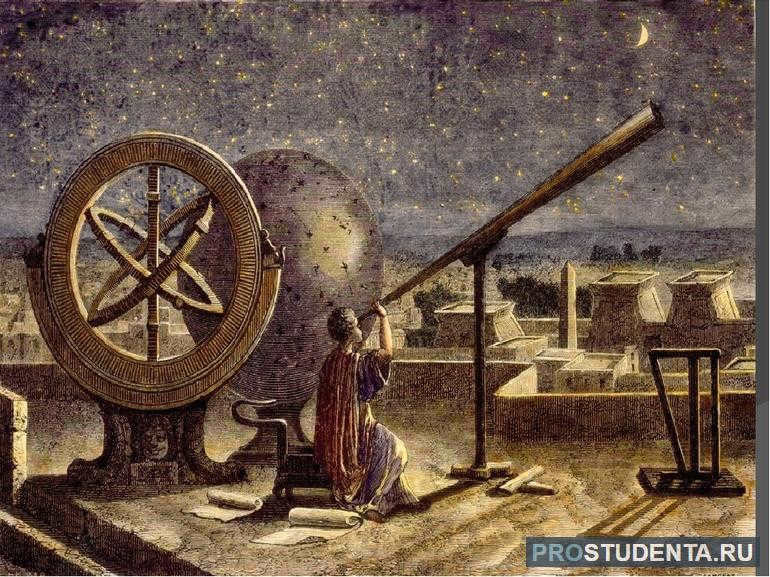
Since the first celestial bodies were detected, they have been bestowed with names inspired by female mythological figures. Greek and Roman names were particularly favored by scientists. However, if an asteroid possesses a non-standard orbit, such as an elongated or irregular shape, it is given a name of male origin. In such cases, Roman or Greek mythological names are also utilized.
Nevertheless, as time went on, the situation changed. Astronomy progressed, leading to the emergence of numerous new scientists and specialists. When one of these experts discovers a new asteroid in the sky and accurately calculates its orbit, the celestial body is named after its discoverer.
The smallest objects are often designated by a combination of numbers and letters, and occasionally named after different countries.
Speed of Movement
Calculating the speed of an airplane, car, train, or living organism is relatively simple for a person. However, when it comes to celestial bodies, the task becomes much more complex. Nevertheless, astronomers have successfully determined the speed of asteroids.
These cosmic bodies travel exclusively within their orbits, revolving around the Sun. Their velocity does not exceed 20 kilometers per hour. Despite this relatively slow pace, asteroids can still pose a significant threat to Earth. The potential damage inflicted relies solely on the object’s size.
If the diameter of an asteroid exceeds 50 meters, it has the potential to cause severe destruction and result in multiple casualties. However, if the Earth were to collide with an object with a radius exceeding 5 km, it would bring about the complete annihilation of human civilization.
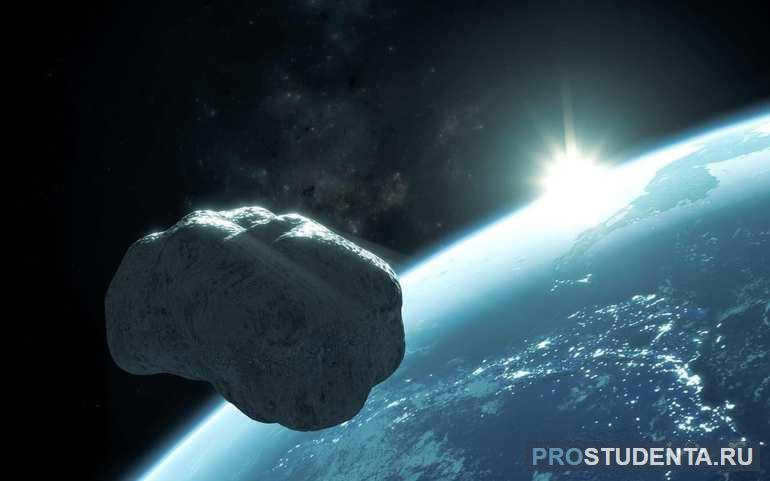

Apophis presents a significant threat in the present day. It is situated in close proximity to our planet, and it measures 300 meters in diameter. Upon impact, it has the potential to devastate an entire nation. In the year 2013, the asteroid 1998 QE 2 made a close approach to Earth, with a distance of 5.8 million kilometers.
For quite some time, astronomers have been utilizing telescopes capable of detecting objects in close proximity to our planet. Approximately one month prior to impact, scientists will have the ability to notify the public about the impending danger.
Approved categorization
When discussing asteroids, it is imperative to discuss their categorization. These objects are classified into various groups based on several factors, including color, spectral characteristics, and albedo (which refers to the surface’s ability to reflect light).
These categories are denoted by letters from the Latin alphabet:
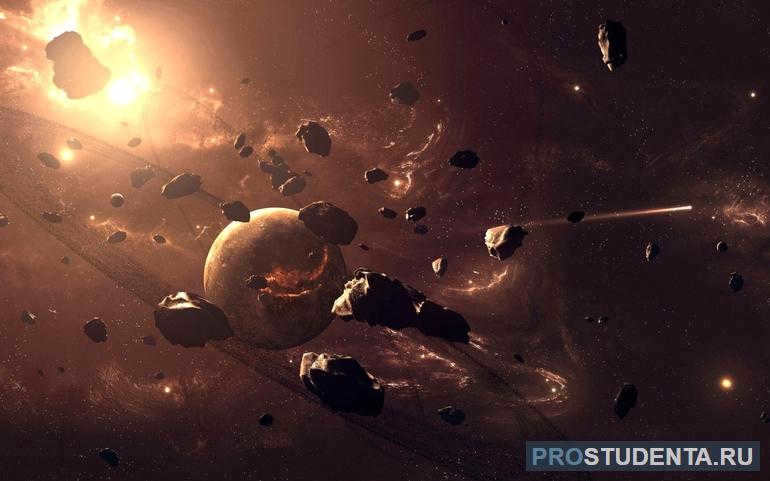
- A – asteroids that are red in color;
- B – objects that are blue;
- C – bodies that are made of carbon;
- D – asteroids that have a red spectrum;
- E – objects that are similar to meteorites;
- F – bodies that are devoid of water;
- G – objects that absorb ultraviolet light;
- M – asteroids that are metallic;
- P – bodies that are made of silicate;
- Q – objects that are similar to chondrites;
- R – bodies that contain pyroxene;
- S – bodies that are rocky and siliceous;
- T – dark objects;
- V – iron objects.
Class F asteroids exhibit no signs of water, while G asteroids have a strong capacity to absorb ultraviolet radiation. The M group is distinguished by the presence of nickel-iron on their surfaces. P objects have a low albedo and consist of silicates. The subsequent class shares a composition similar to that of chondrites, and the R group demonstrates a heightened concentration of pyroxene. S asteroids have a significant silicon and rock content, whereas T asteroids are moderately light-absorbing due to their low albedo. Class V comprises the largest asteroids, composed of iron and silicates.
The initial finding
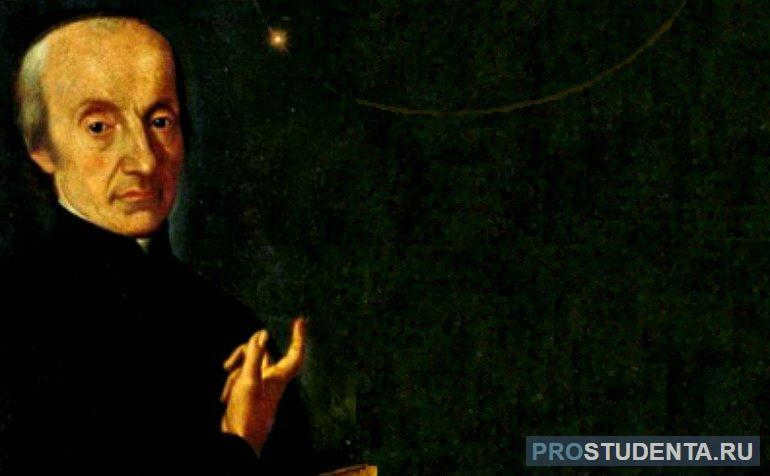
When discussing asteroids, it is important to mention the manner in which they were initially identified. On January 1, 1861, an unidentified celestial object was discovered by Giuseppe Piazzi. The astronomer had intended to observe a star listed in the zodiacal catalog, but instead noticed an object resembling a comet in close proximity. Initially, scientists believed it to be a new planet and attempted to provide a brief description of it.
Over the course of a year, astronomers thoroughly investigated this celestial body in an effort to substantiate their discovery. It was during this time that they also identified several other similar objects in close proximity to the initial one. It was then that scientists realized these objects were neither planets nor comets.
Discussions persisted over the course of several decades. It wasn’t until 2006 that scientists finally obtained an answer to their inquiry regarding the genesis of the enigmatic entity. This celestial body was christened Ceres, and it was uncovered that there are numerous small entities orbiting around the Sun. Additionally, it is possible for other objects to traverse these orbits.
Impact with Earth
When it comes to studying celestial objects, children often start learning about them in geography and astronomy classes at school. However, not everyone is aware of the distinctions between an asteroid and a meteorite. Asteroids are objects that orbit in outer space, while meteorites are those that enter a planet’s atmosphere (as meteors) and eventually land on its surface.
Certain meteorites have caused widespread destruction:
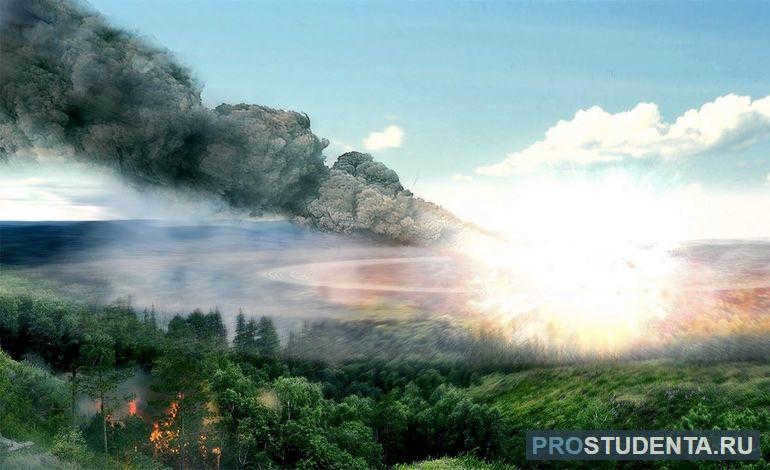
If you’re writing a brief composition about asteroids, you might want to include some details about them. The Tunguska meteorite, for example, was observed by local residents just a few seconds before it exploded. In the nights that followed, there were glowing clouds in the sky. Unfortunately, this fiery phenomenon went undocumented as the locals didn’t possess cameras back in 1908. It wasn’t until 19 years later that scientists organized the first expedition to the meteorite’s crash site. However, they didn’t discover any debris or evidence of its impact with the Earth.
In the era of the dinosaurs, a meteorite called Goba plummeted to our planet. However, it wasn’t until 1920 that a landowner stumbled upon it on his property. To this day, this object is preserved as a national monument and can be visited by anyone who wishes to see it.
In 1969, the planet experienced a collision with the Allende coal meteorite, which weighed 5 tons. This celestial object remains the most extensively researched to this day, with its fragments being curated by multiple museums. Notably, the asteroid contained a previously unstudied mineral.
Engaging Trivia
Asteroids possess several intriguing characteristics that set them apart from meteors and meteorites. While meteors are celestial bodies that enter a planet’s atmosphere and burn up, meteorites manage to make landfall on the planet’s surface. Some of these space rocks have the potential to cause significant harm to both the planet and its inhabitants, exacerbating the economic and ecological conditions of Earth.
Today, the most well-known and largest celestial body is Ceres. Ceres, measuring 950 kilometers in diameter. The shape of celestial bodies is determined by gravity, which causes them to take on the form of spheres, ellipsoids, and even dumbbells. However, these bodies do not have a solid structure and instead resemble piles of debris that are held together by their own gravitational force. The composition of these objects can vary, with some containing more iron while others are composed of carbon or nickel. Additionally, these bodies differ in terms of their shape, size, and color.
Asteroids have been the subject of study for a considerable amount of time, yet they still hold many unresolved mysteries. Only after a thorough examination and observation of their orbits are they given names. Sometimes, astronomers spend decades studying these celestial bodies.
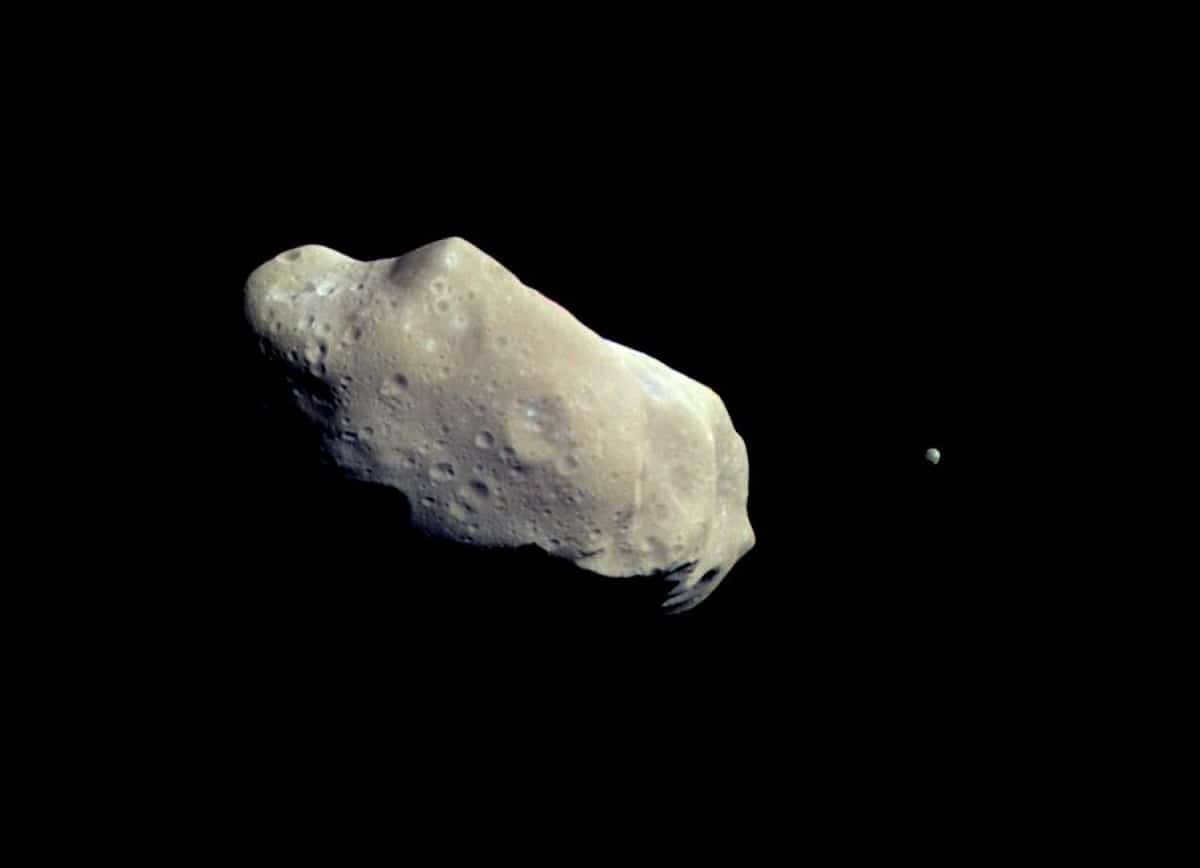
Meteorites and asteroids are frequently discussed in the field of astronomy. There is often confusion about the distinction between the two and what exactly asteroids are. In order to gain a comprehensive understanding of our solar system, it is crucial to comprehend the nature of asteroids.
Therefore, we have decided to devote this article to explaining what asteroids are, their defining characteristics, origin, and potential hazards.
What do we know about asteroids
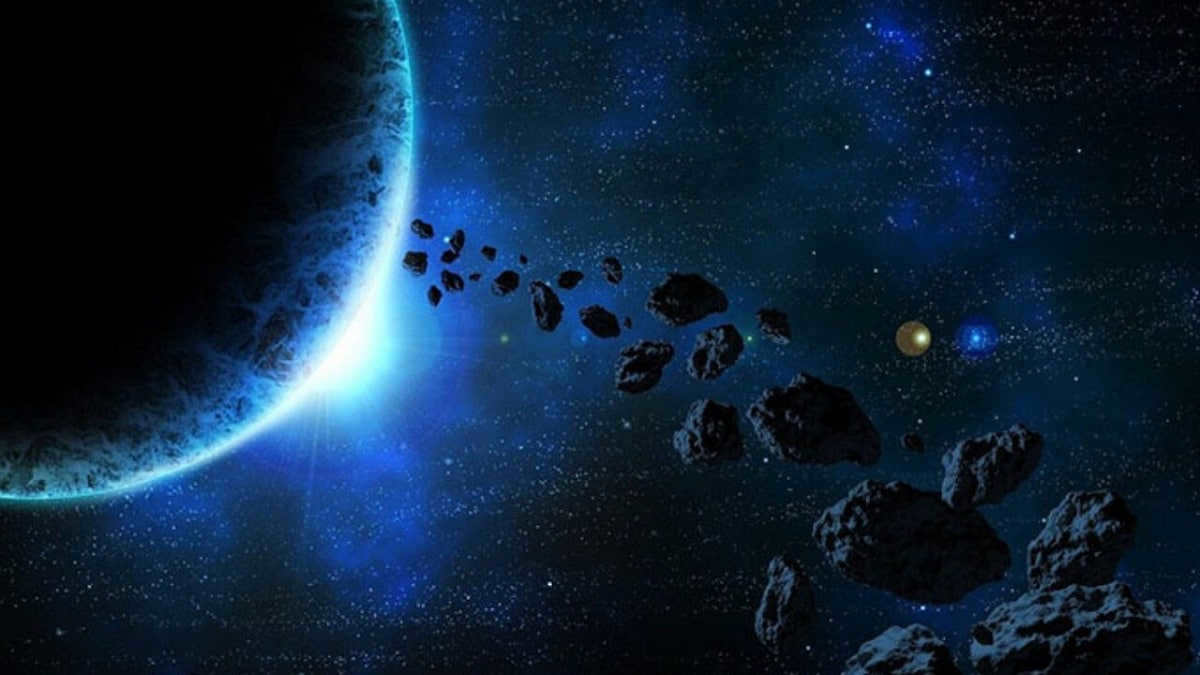
Asteroids are celestial bodies that are smaller than planets and revolve around the Sun in elliptical orbits, with millions of asteroids present. The majority of them can be found in the region known as the “asteroid belt.” The remaining asteroids are scattered throughout the orbits of other planets in our solar system, including Earth.
Ongoing research is dedicated to the study of asteroids due to their close proximity to Earth. Although they have had encounters with our planet in the distant past, the likelihood of a collision is extremely low. In fact, some scientists attribute the extinction of the dinosaurs to an asteroid impact.
The term “asteroid” is derived from the Greek word that means “star-like,” which is descriptive of their appearance resembling stars when observed through a telescope from Earth. Throughout most of the 19th century, these celestial bodies were referred to as “planetoids” or “dwarf planets.”
Some of these asteroids have collided with our planet, resulting in fiery entry into the atmosphere and becoming meteors. The largest among them are sometimes referred to as “asteroids.” Some asteroids even have companions. The largest known asteroid is Ceres, boasting a diameter of nearly 1,000 kilometers. In 2006, the International Astronomical Union (IAU) classified it as a dwarf planet, similar to Pluto. Other notable asteroids include Vesta and Pallada, measuring 525 kilometers in diameter. Additionally, sixteen asteroids have been discovered with a diameter exceeding 240 km, along with numerous smaller ones.
Very few scientists believe that asteroids are the remains of destroyed planets. It is more likely that they occupy positions in the solar system where a large planet could not form due to the destructive influence of Jupiter.
Origins
The prevailing hypothesis suggests that asteroids are remnants of a gas and dust cloud that condensed during the formation of the Sun and Earth approximately five million years ago. Some of the material from this cloud gathered in the center to form the core that eventually became the sun.
The remaining material formed fragments of various sizes known as “asteroids.” These asteroids are composed of matter that is not gravitationally bound to the sun or the planets in the solar system.
Types of Asteroids
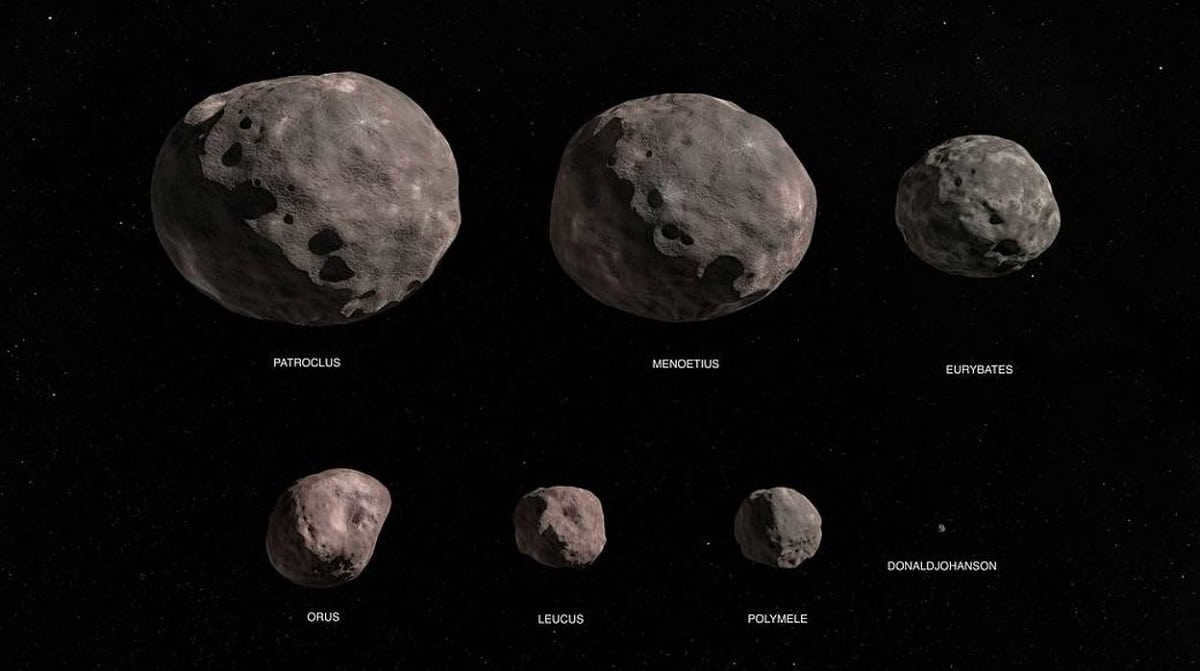
Asteroids are categorized into three groups based on their location and grouping type:
- Belt asteroids. These are the ones found in space orbits or at the border between Mars and Jupiter. This belt contains the majority of asteroids in our solar system.
- Centaur asteroids. They orbit between Jupiter or Saturn, and between Uranus or Neptune, respectively.
- Trojan asteroids. These are the ones that share planetary orbits but are usually less significant.
The asteroids closest to our planet can be classified into three categories:
- Love asteroids. These are the ones that orbit Mars.
- Apollo Asteroids. Therefore, those asteroids that intersect Earth’s orbital path pose a certain level of danger (although the likelihood of collision is minimal).
- Aton asteroids. These are the asteroids that traverse Earth’s orbit.
Main characteristics
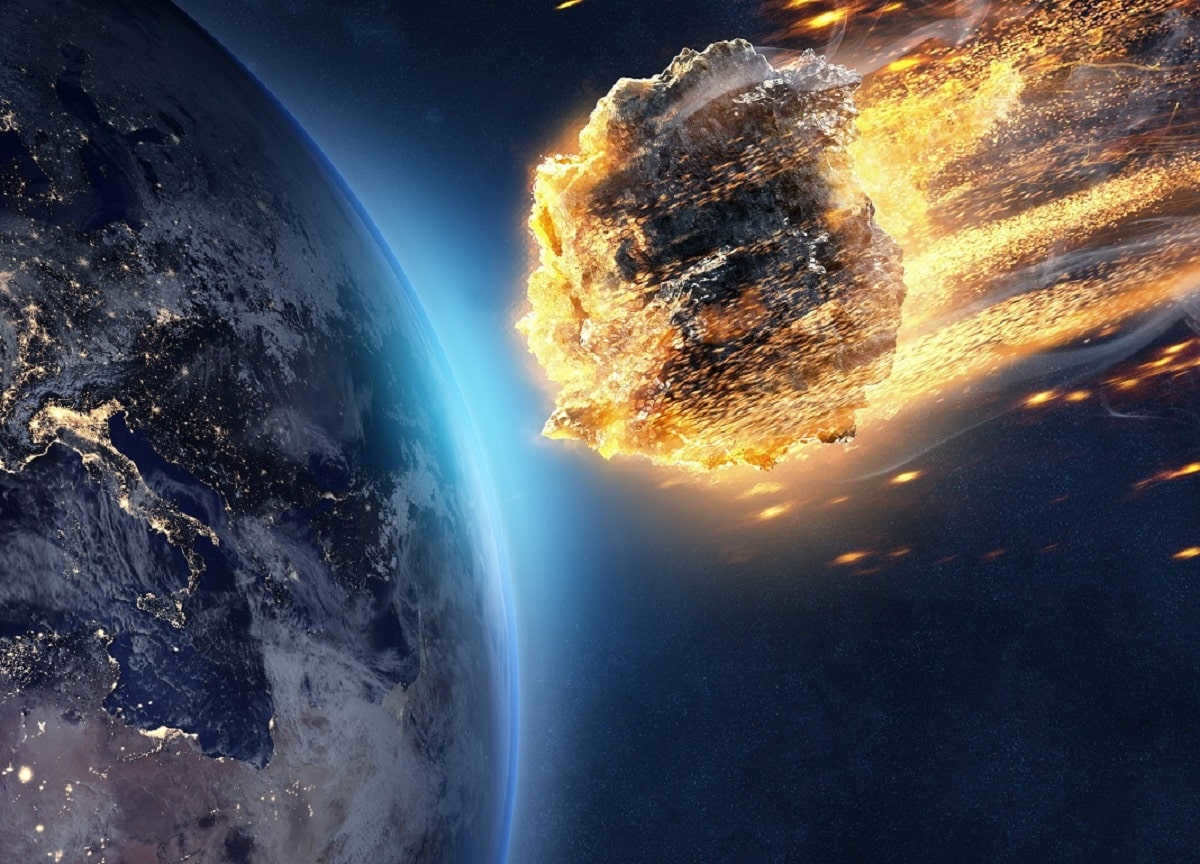
Asteroids possess a distinctive characteristic of having a feeble gravitational force, which hinders them from attaining a perfect spherical shape. Their size can vary from a few meters to several hundred kilometers.
These celestial bodies consist of a combination of metals and rocks, such as clay, silicate rocks, and nickel-iron, with the proportions varying for each specific type. Devoid of an atmosphere, some asteroids even possess one or more moons.
When viewed from Earth’s surface, asteroids appear as minuscule points of light resembling stars. Due to their diminutive size and considerable distance from our planet, our comprehension of them relies on astrometry and radiometry, light curves, and absorption spectroscopy. (These astronomical calculations enable us to gain a deeper understanding of the solar system).
Both asteroids and comets are celestial bodies that orbit the Sun and often have unusual paths, such as approaching the Sun or other planets. They are remnants of the material that formed the solar system.
However, there is a difference between them – comets are composed of dust, gas, and ice particles. Comets are known for the tails or trails they leave behind, although not all comets leave trails.
Due to the presence of ice, the condition and appearance of comets vary depending on their distance from the sun. When far from the sun, they are very cold and dark, but they heat up and eject dust and gas when closer to the sun (which creates the characteristic tail). It is believed that comets deposited water and other organic compounds on Earth during its formation.
There are two types of kites:
- Comets with a short orbital period. These comets complete a revolution around the sun in less than 200 years.
- Comets with a long orbital period. These comets have long and unpredictable orbits, taking up to 30 million years to complete one revolution around the sun.
The asteroid belt
The asteroid belt is made up of several celestial bodies that are distributed in a ring-like shape between Mars and Jupiter. It is estimated to contain around 200 large asteroids (with a diameter of 100 kilometers) and nearly one million small asteroids (with a diameter of one kilometer). Four prominent asteroids have been identified:
- Ceres. It is the largest asteroid in the asteroid belt and the only one that comes very close to being classified as a planet due to its well-defined spherical shape.
- Vesta. This is the second largest asteroid in the asteroid belt and the most massive and dense one. It has a flat spherical shape.
- Pallada. It is the third largest asteroid in the asteroid belt and has a slightly oblong shape, which is particularly notable considering its size.
- Hygiea. It is the fourth largest asteroid in the asteroid belt, with a diameter of four hundred kilometers. Its surface is dark and difficult to observe.
I hope that this information helps you learn more about asteroids and their characteristics.
The content of this article adheres to our editorial guidelines. If you find any errors, please click here to report them.

